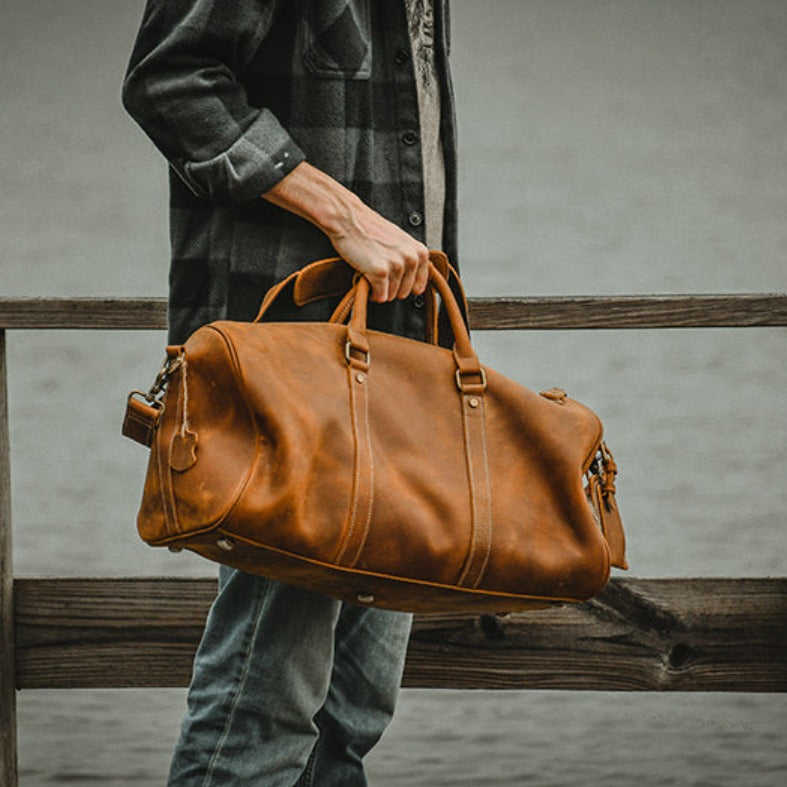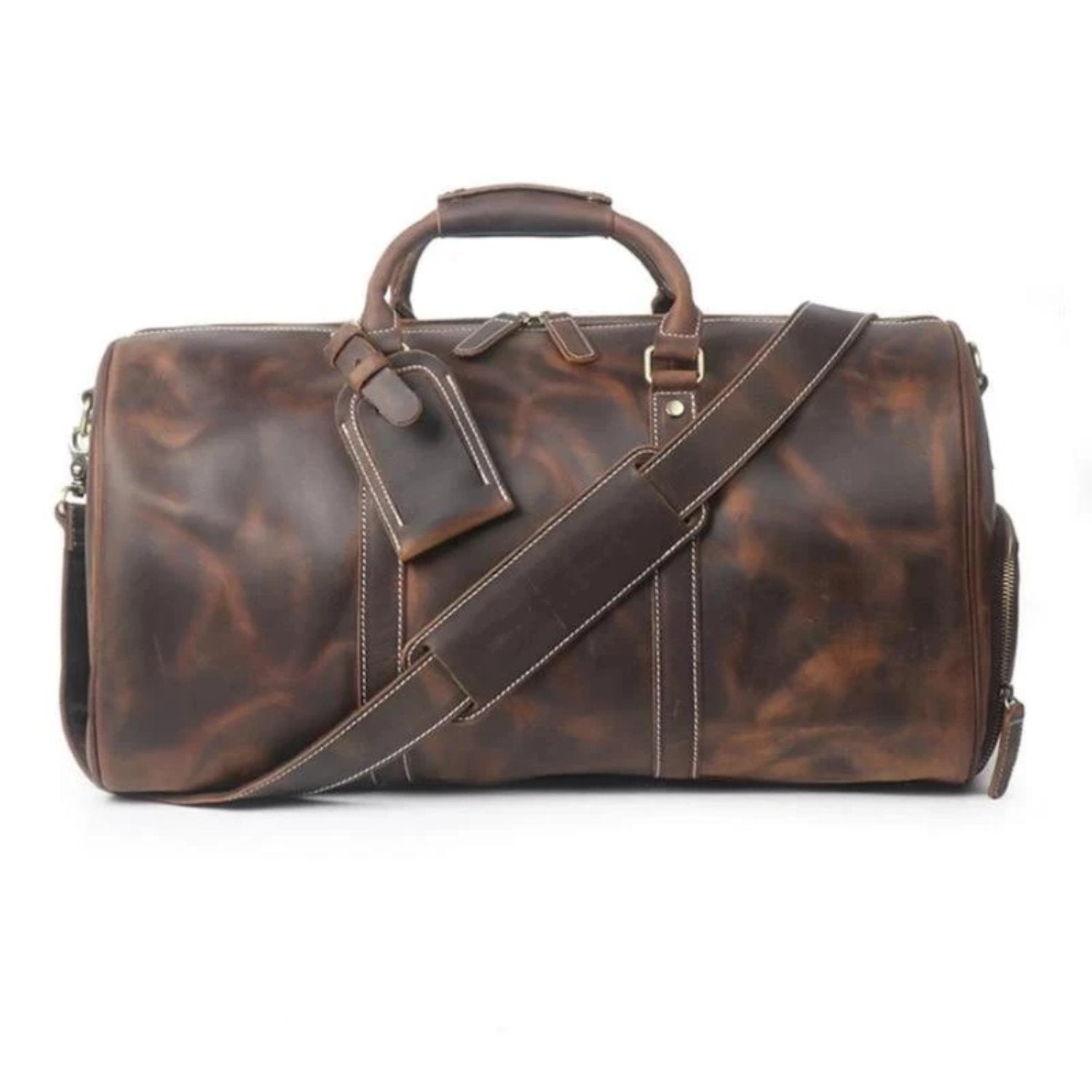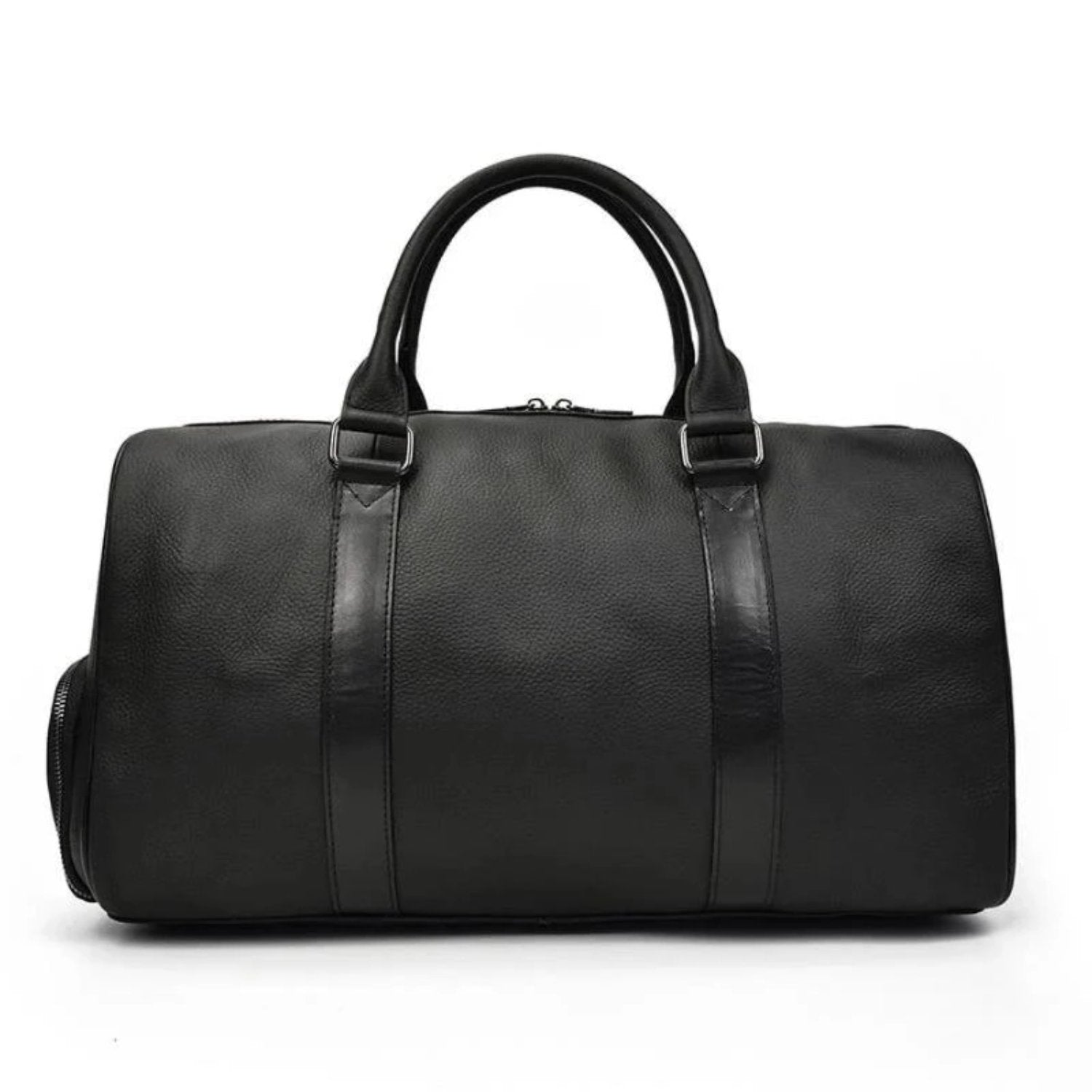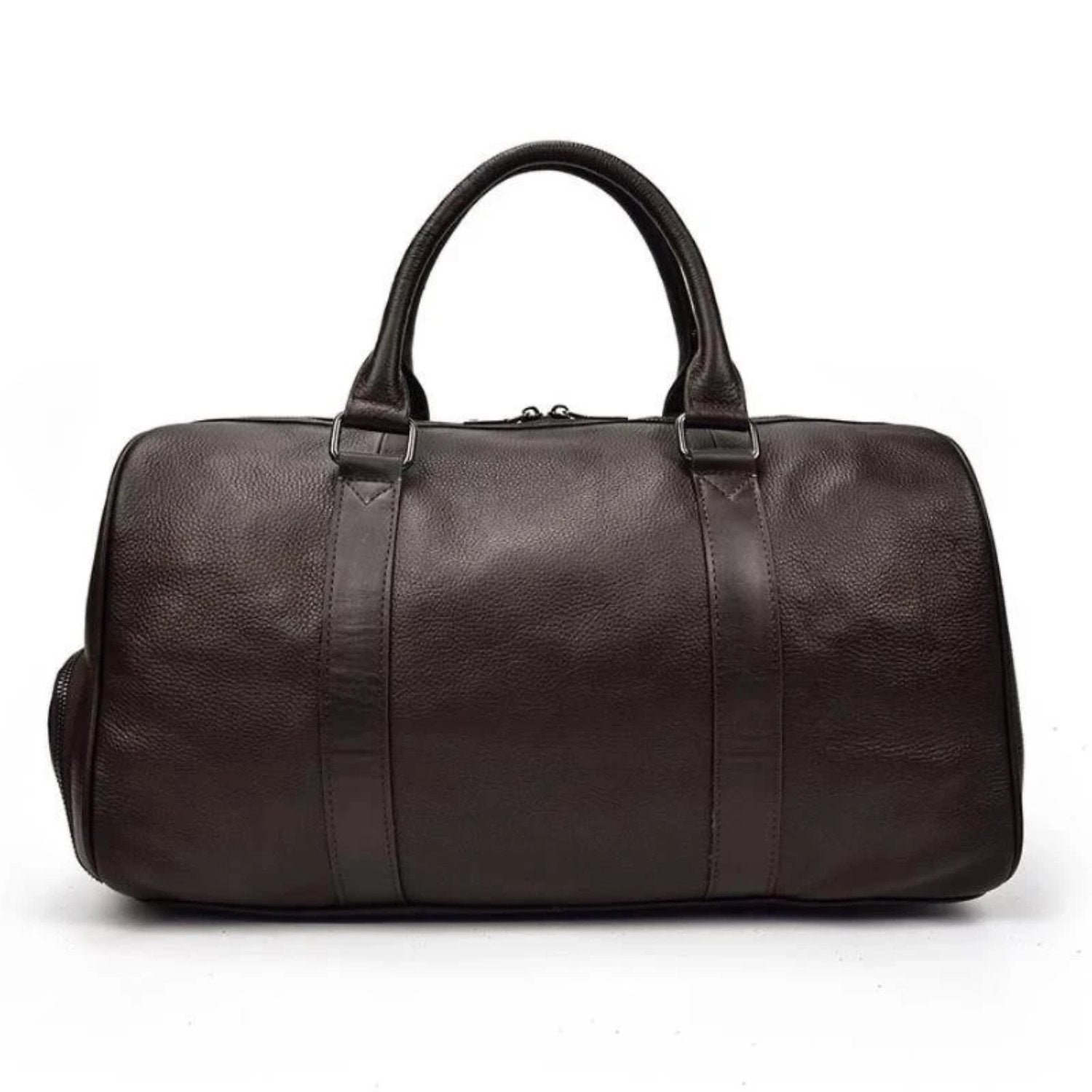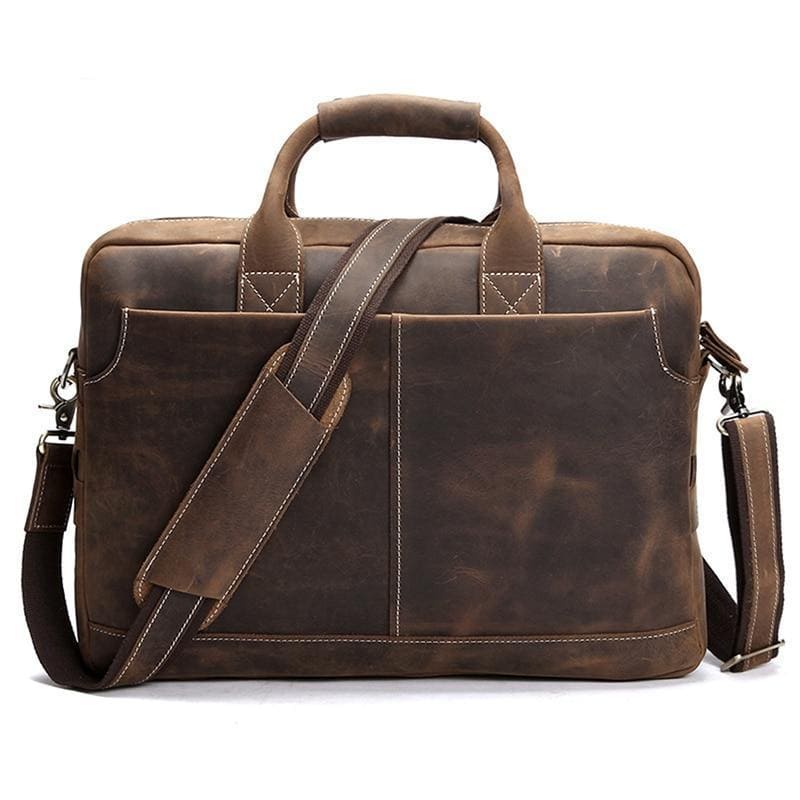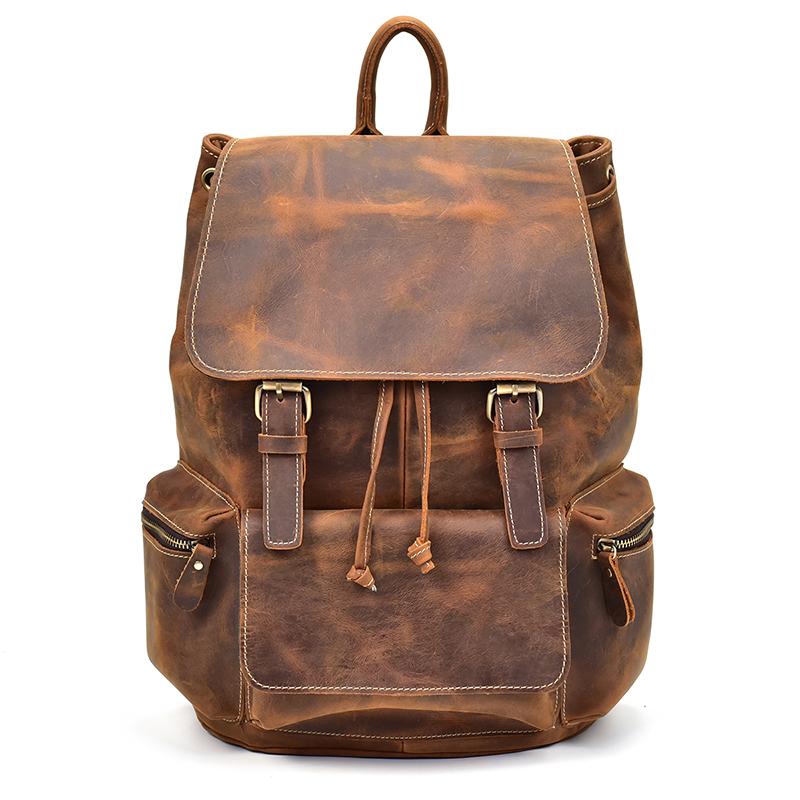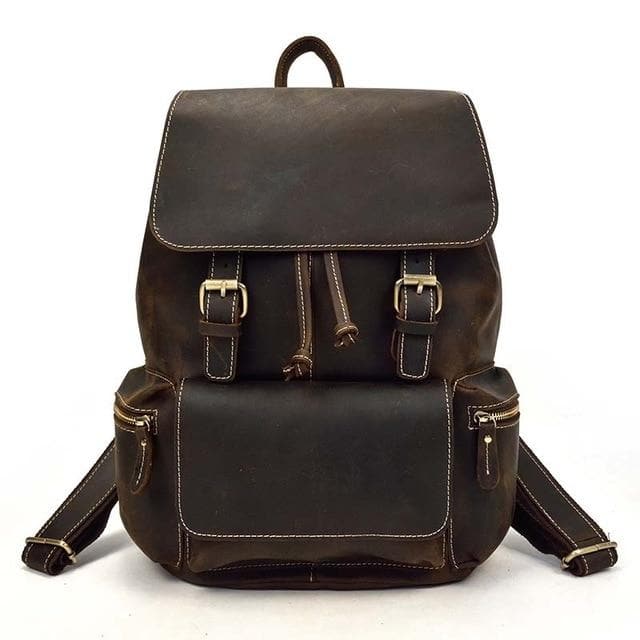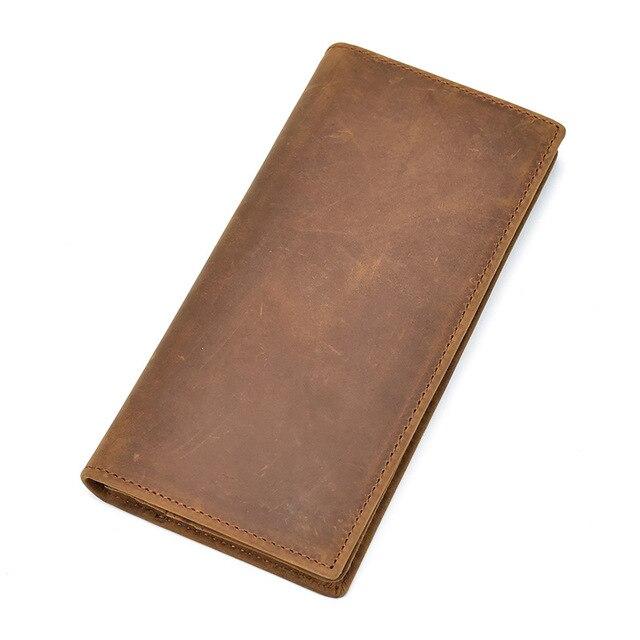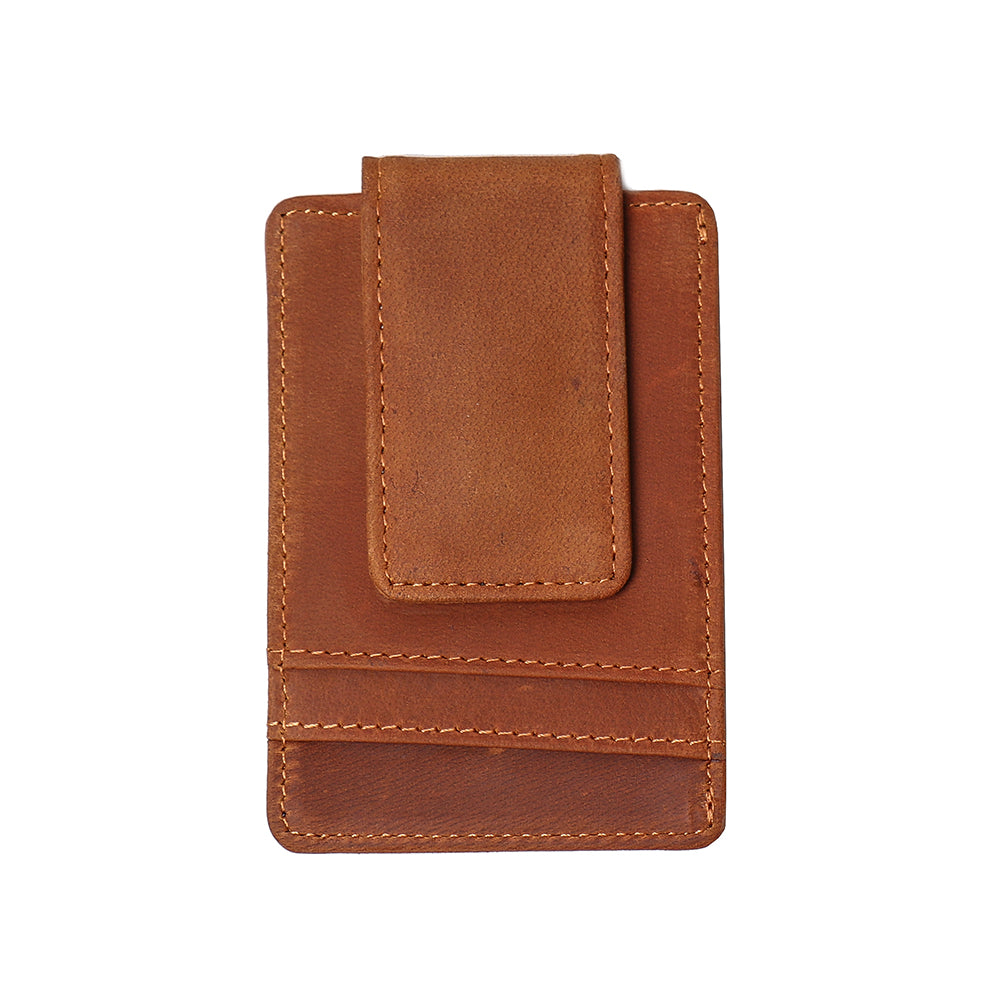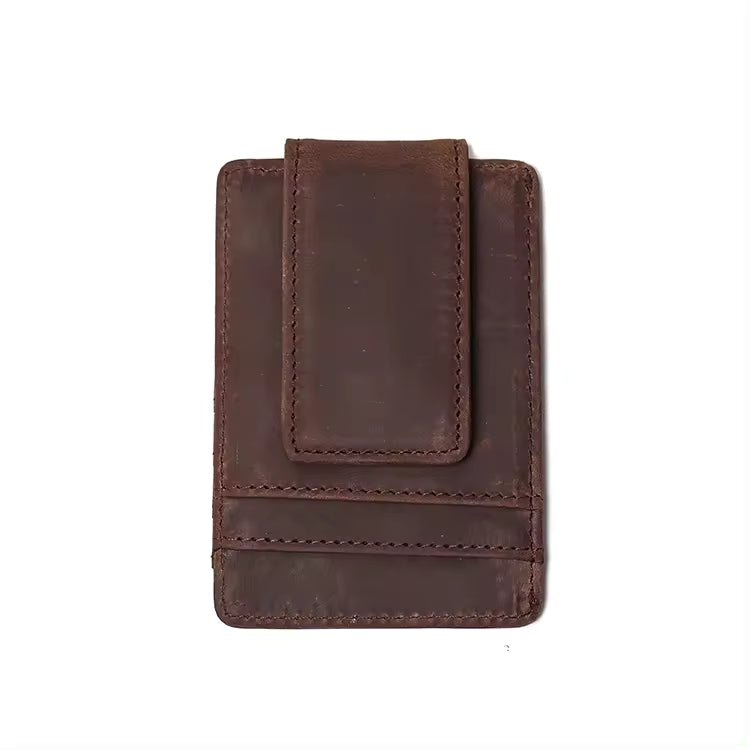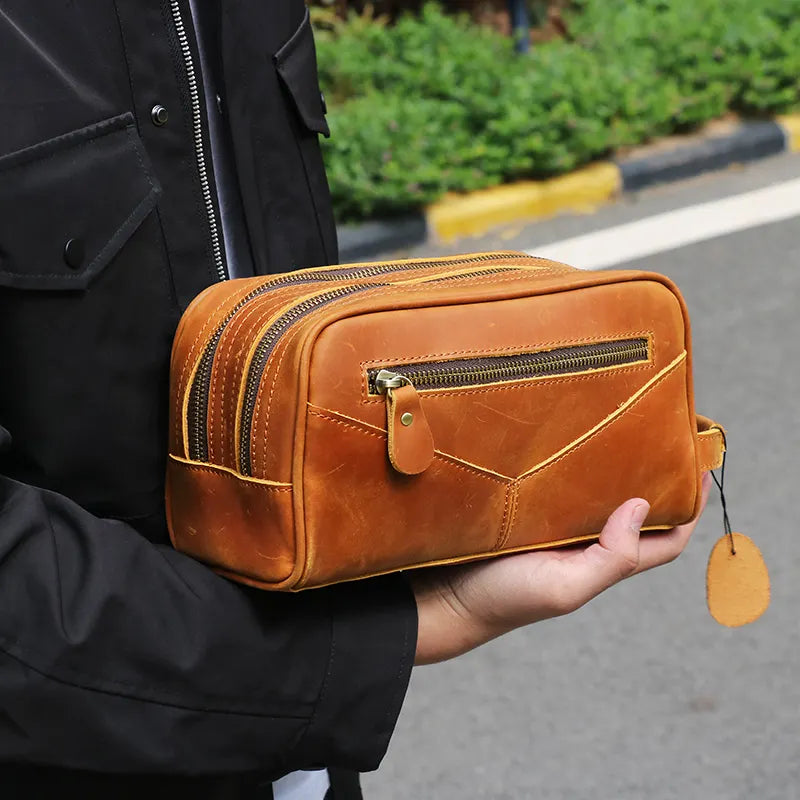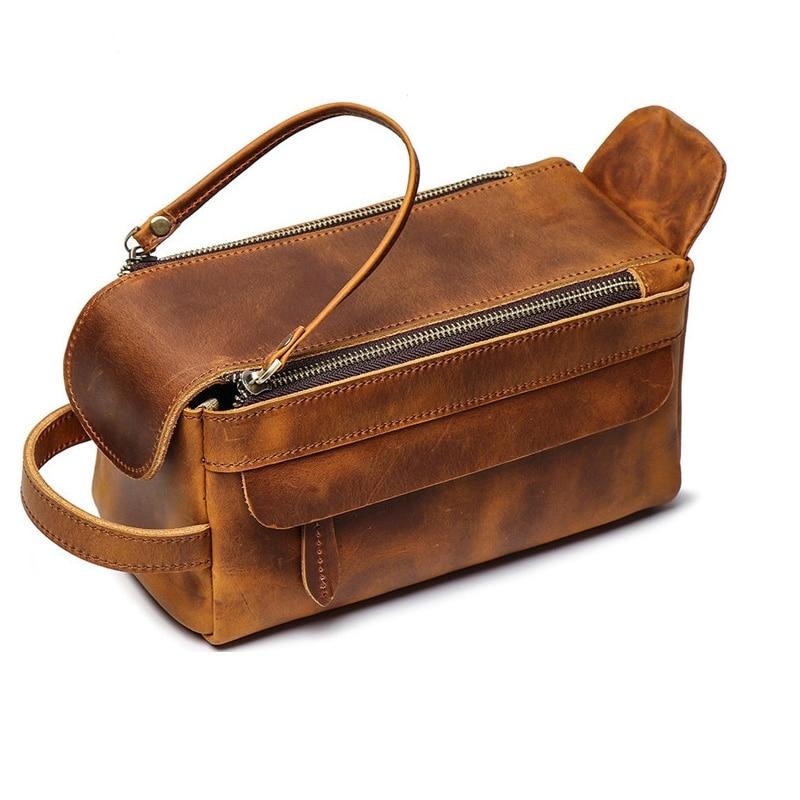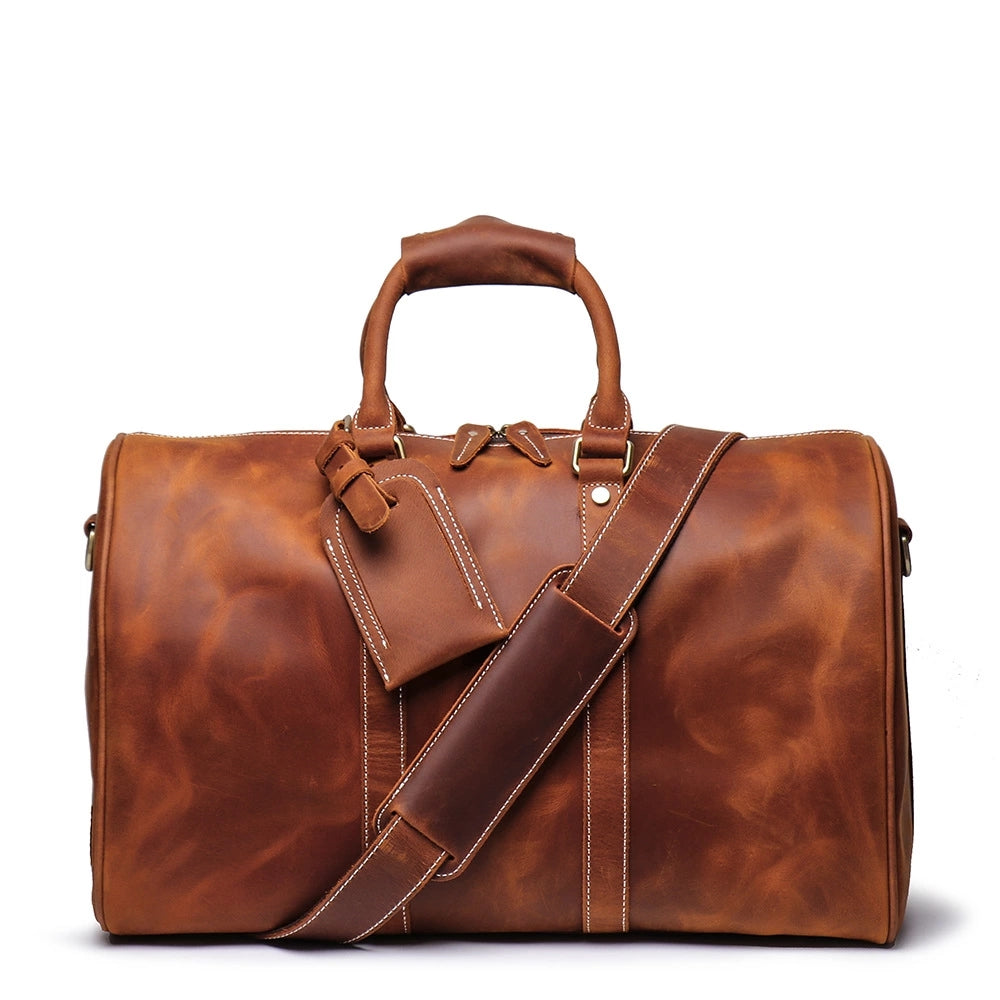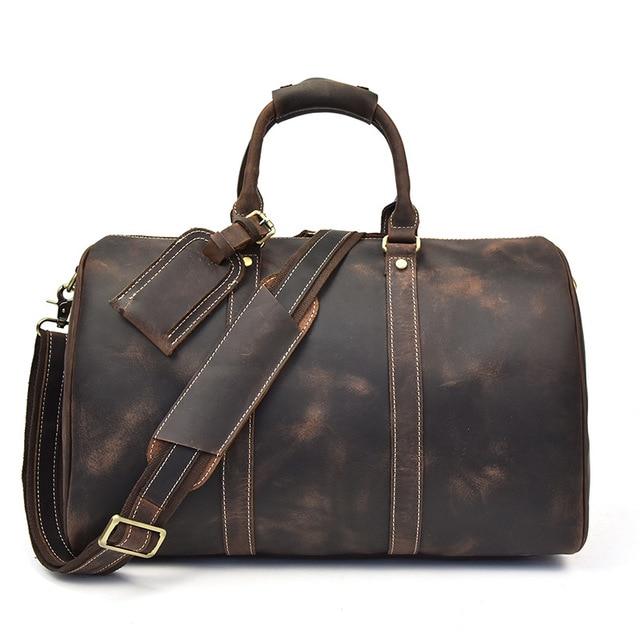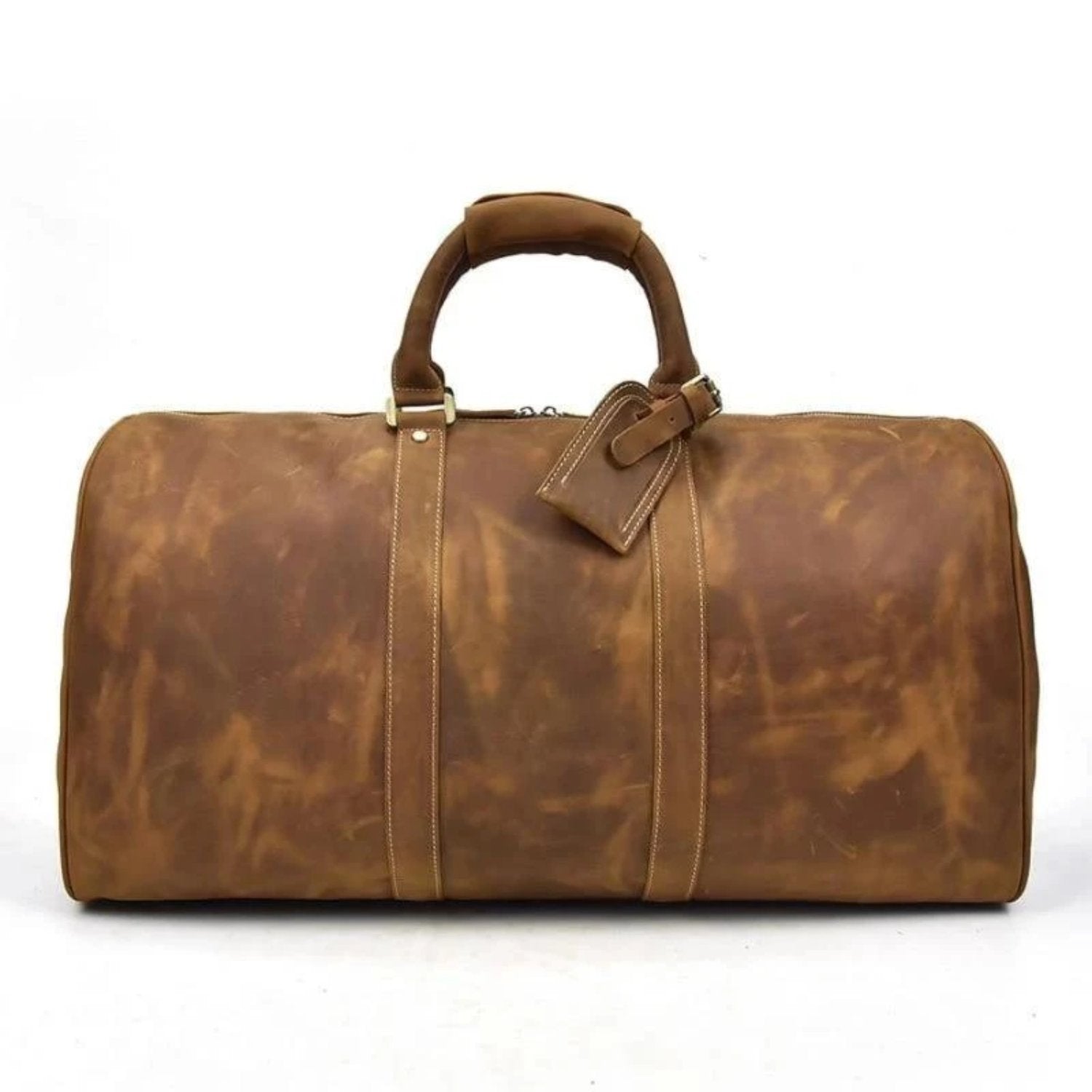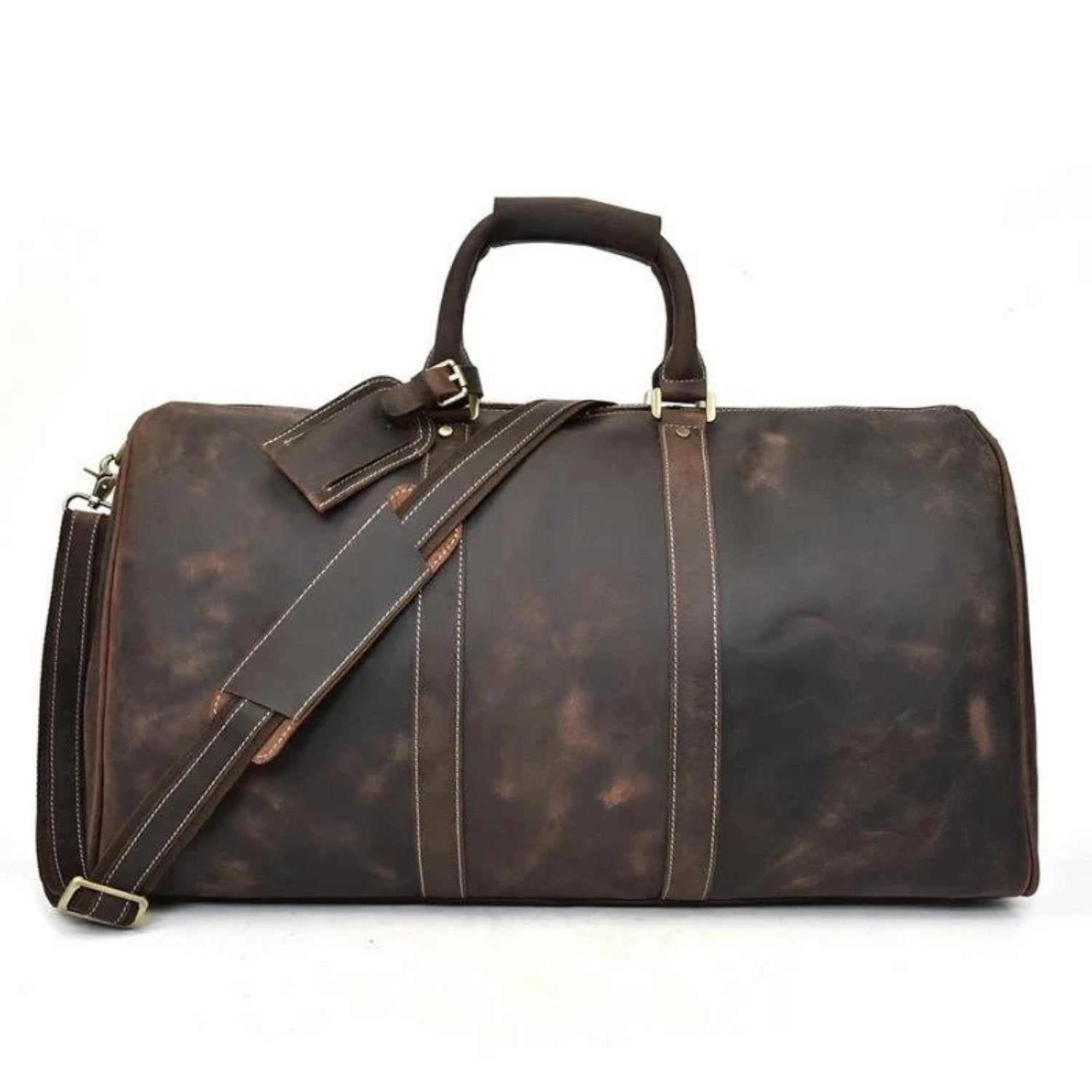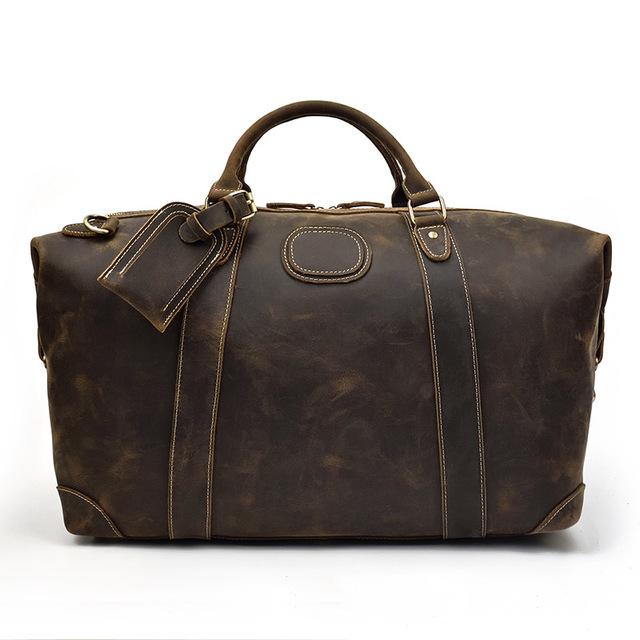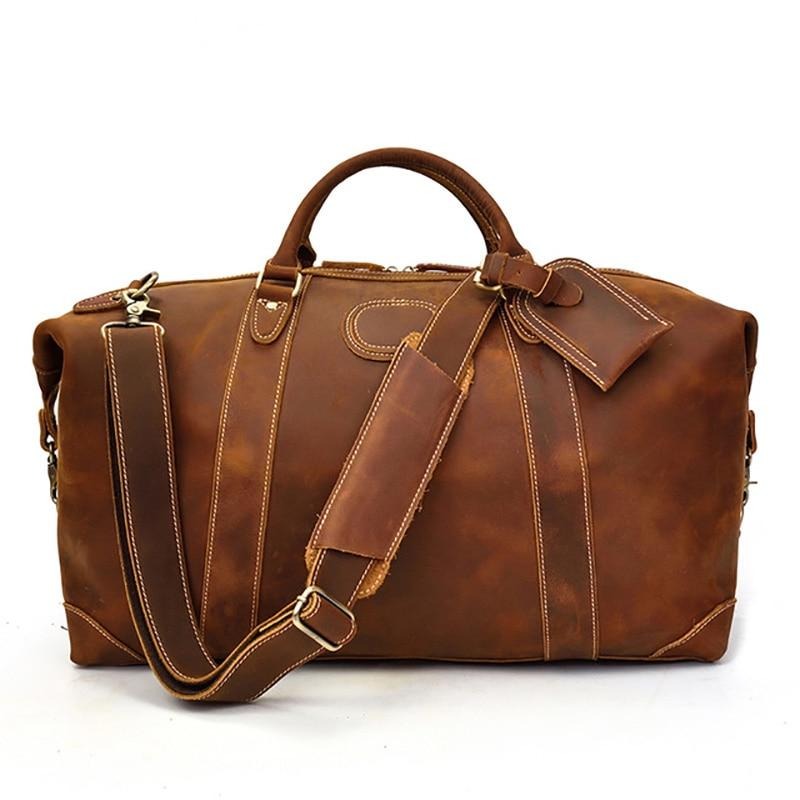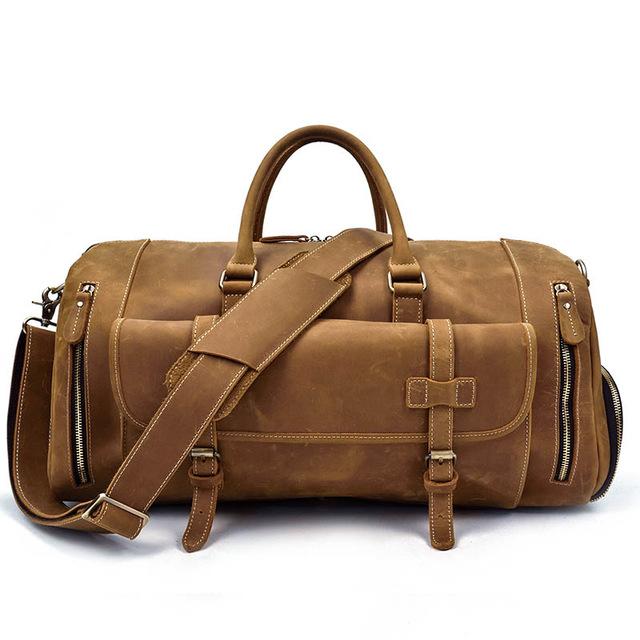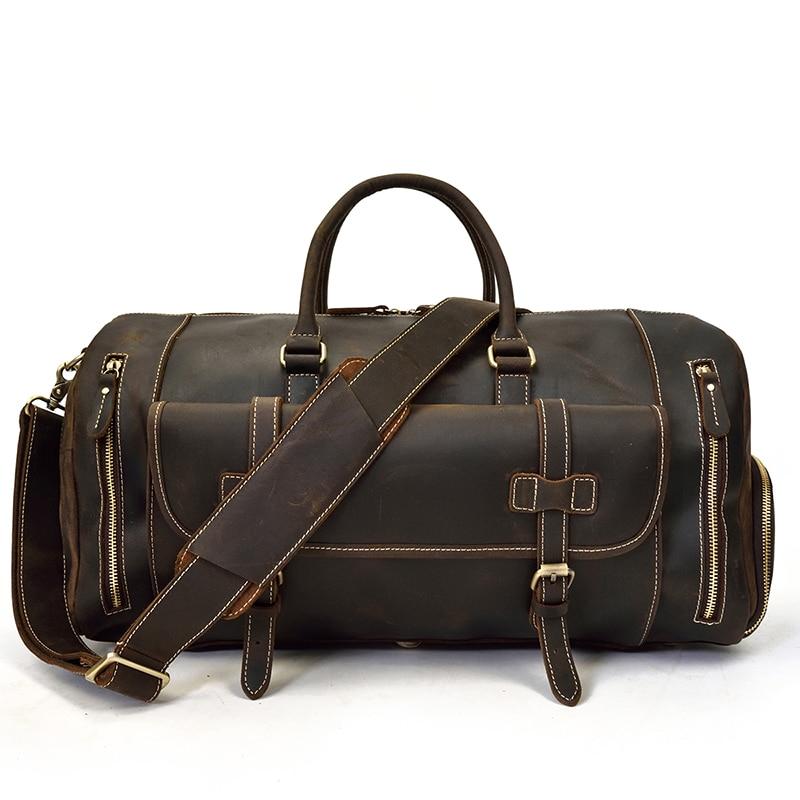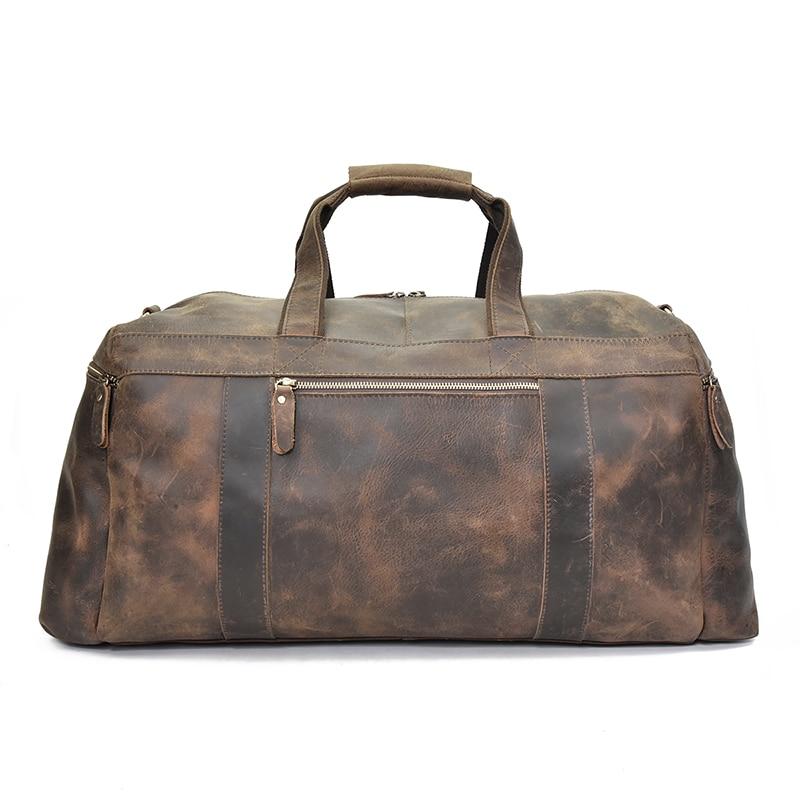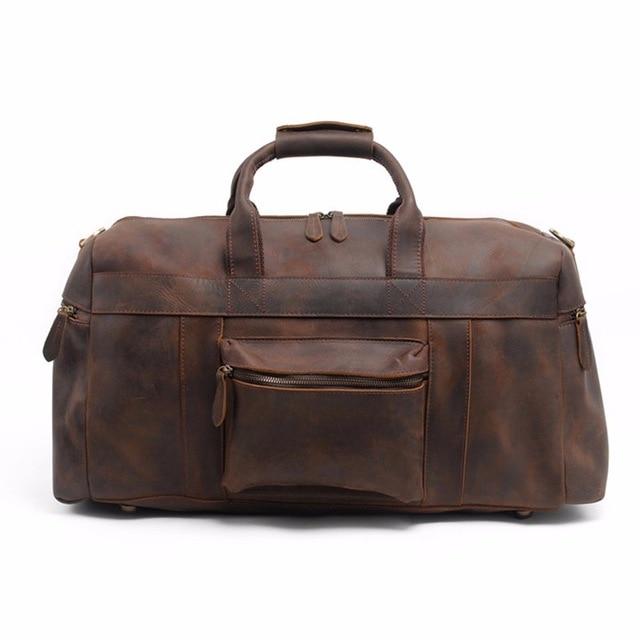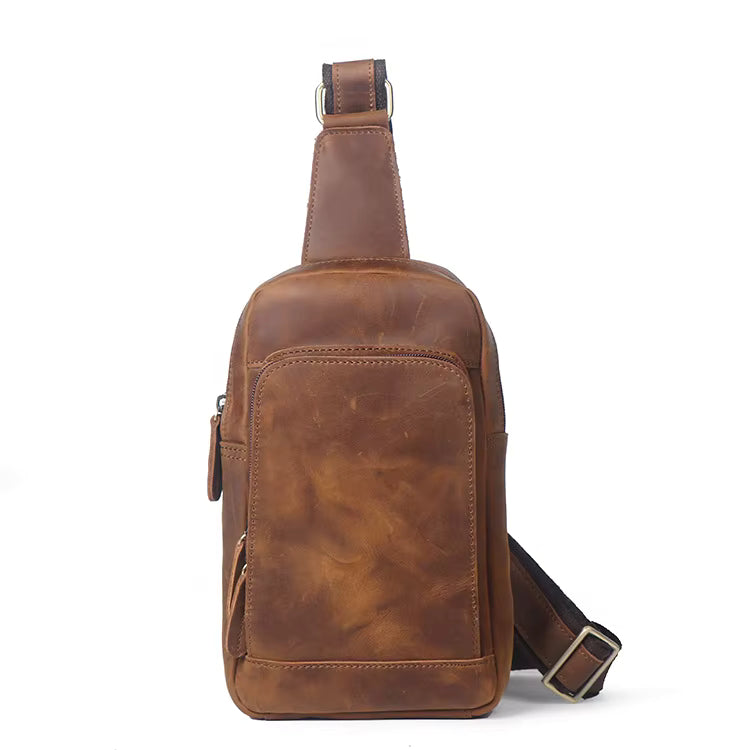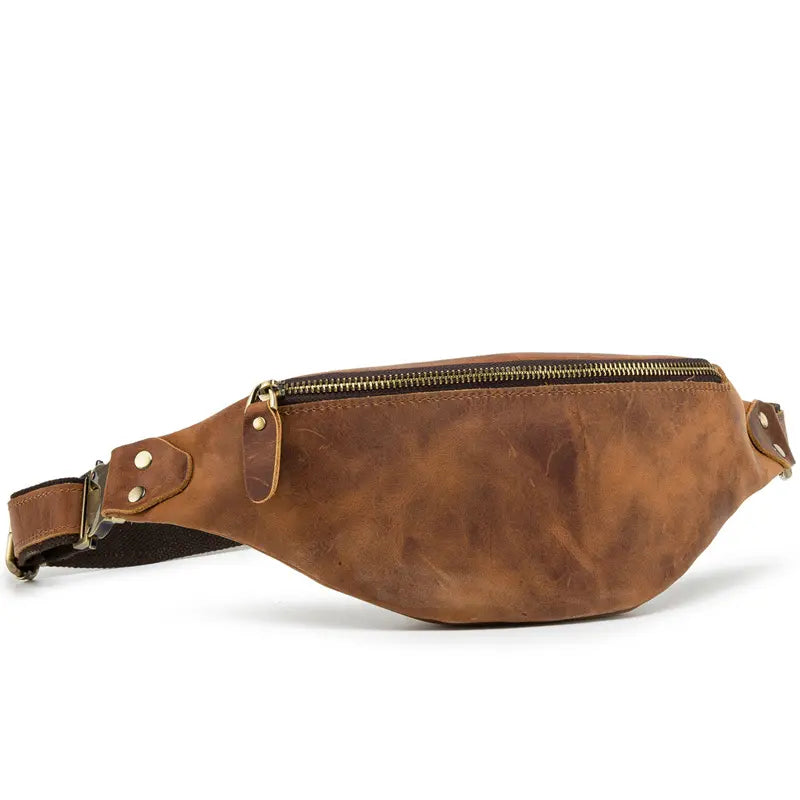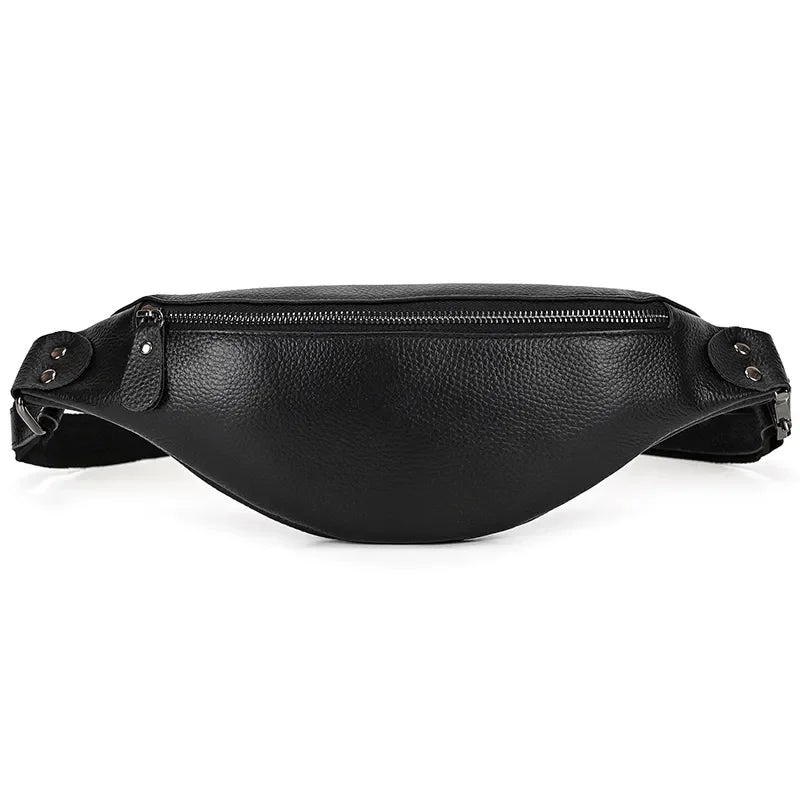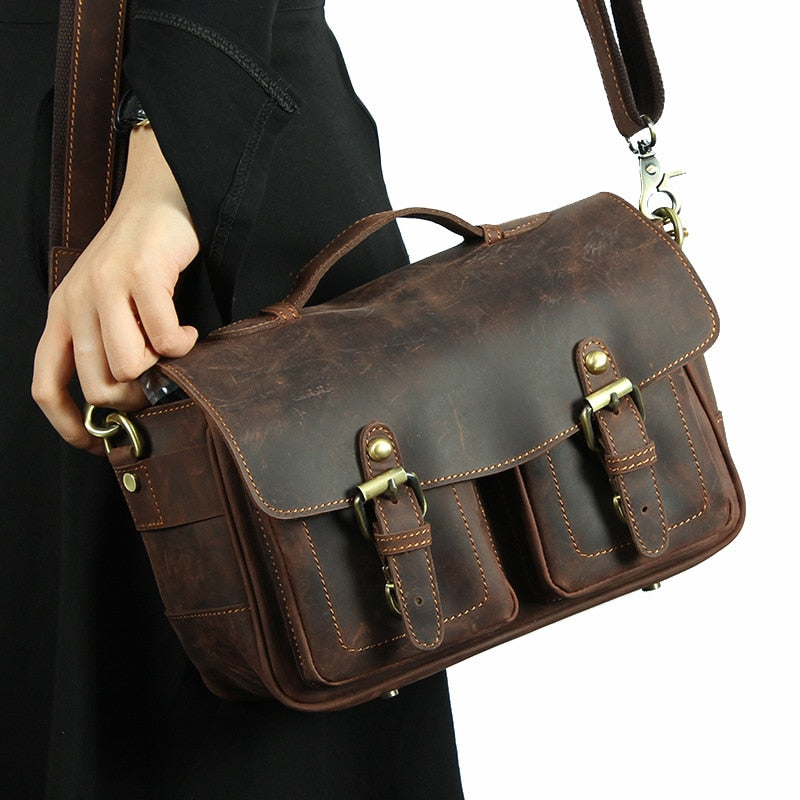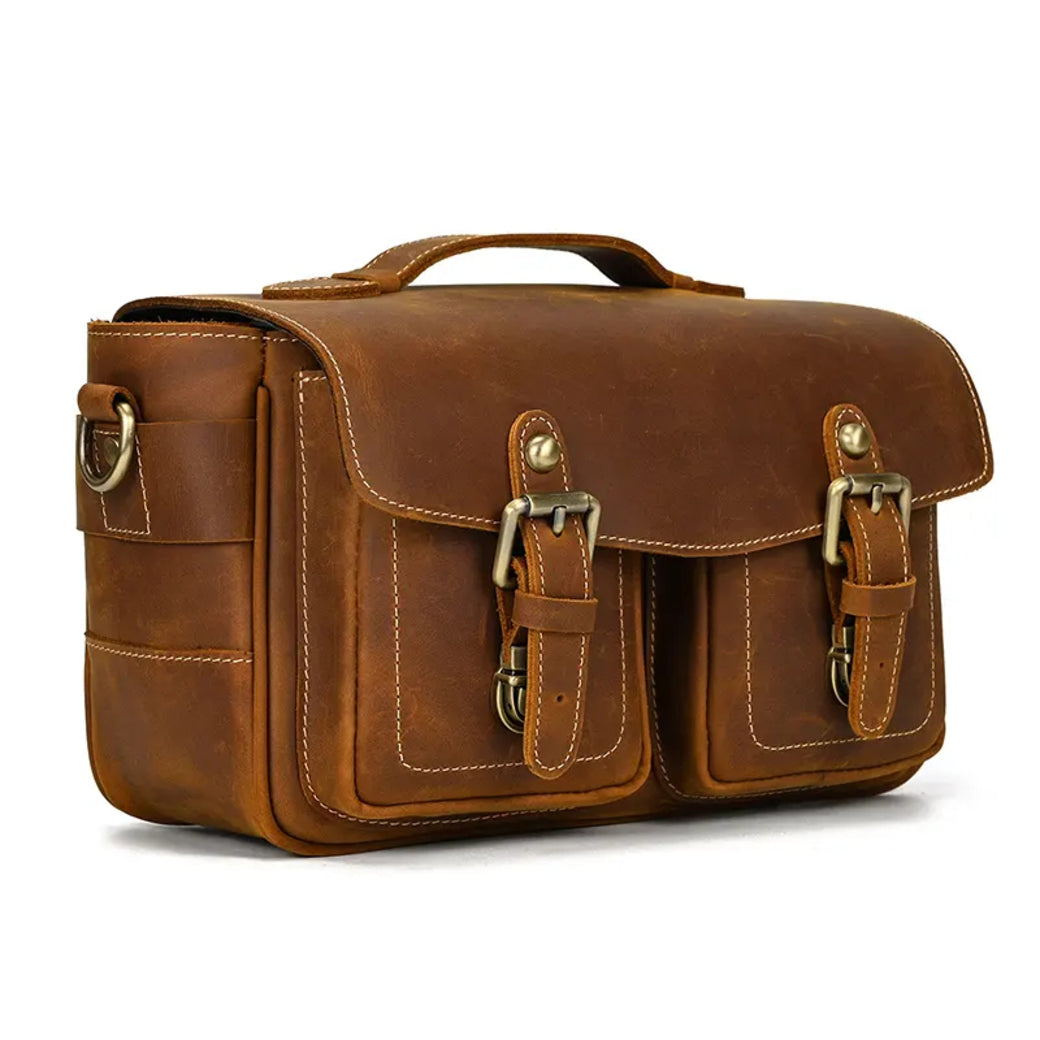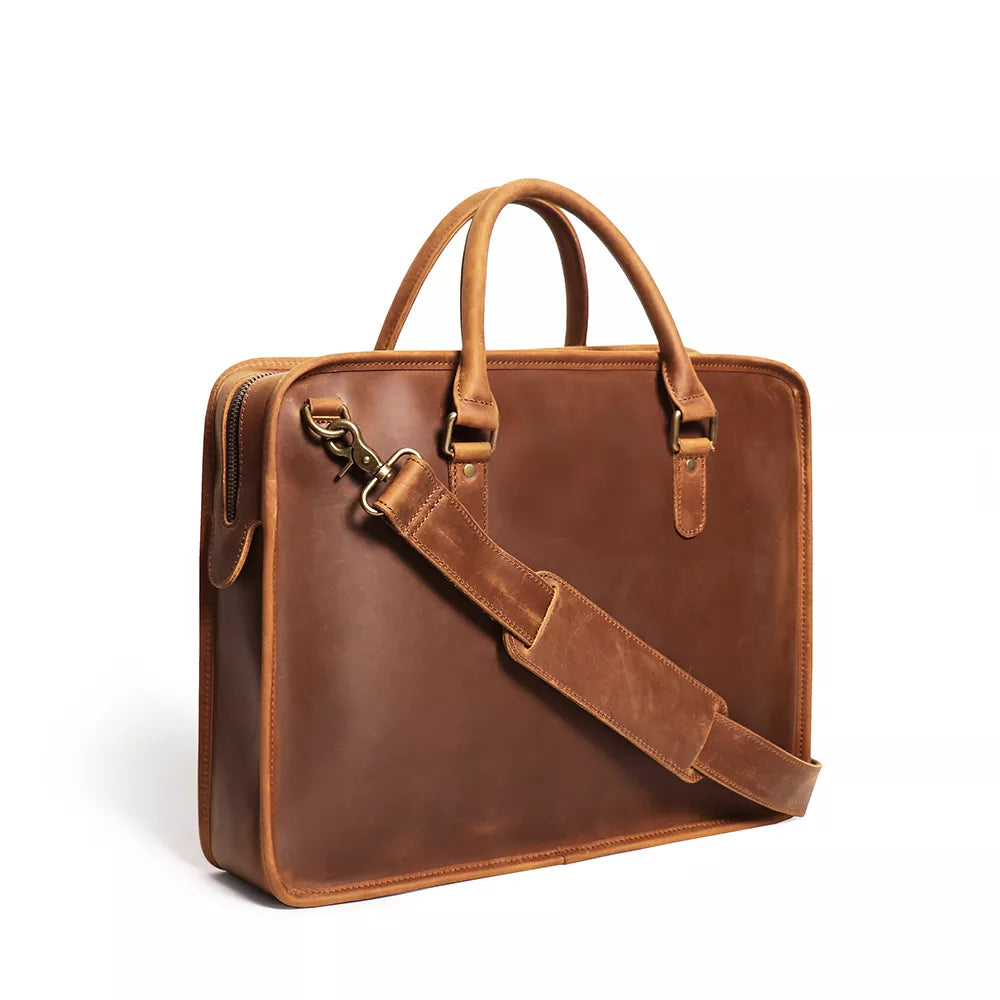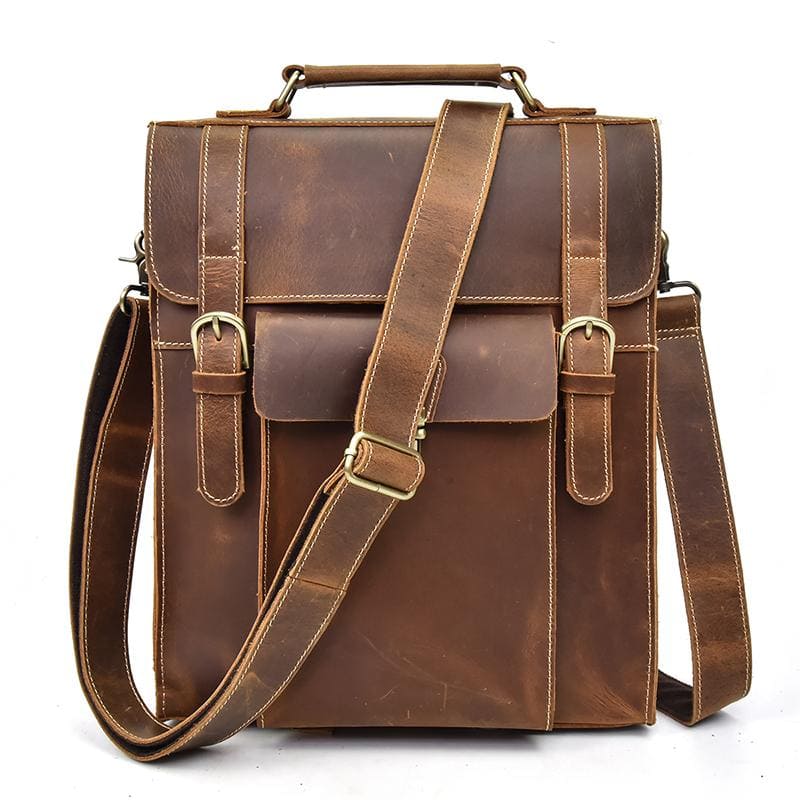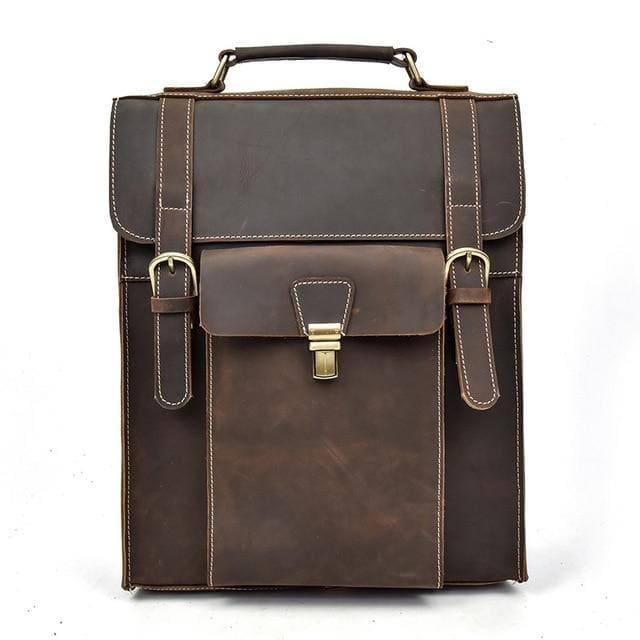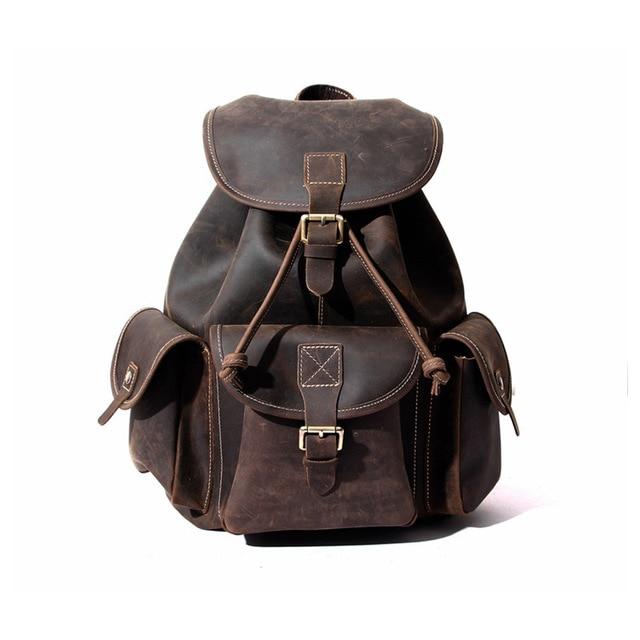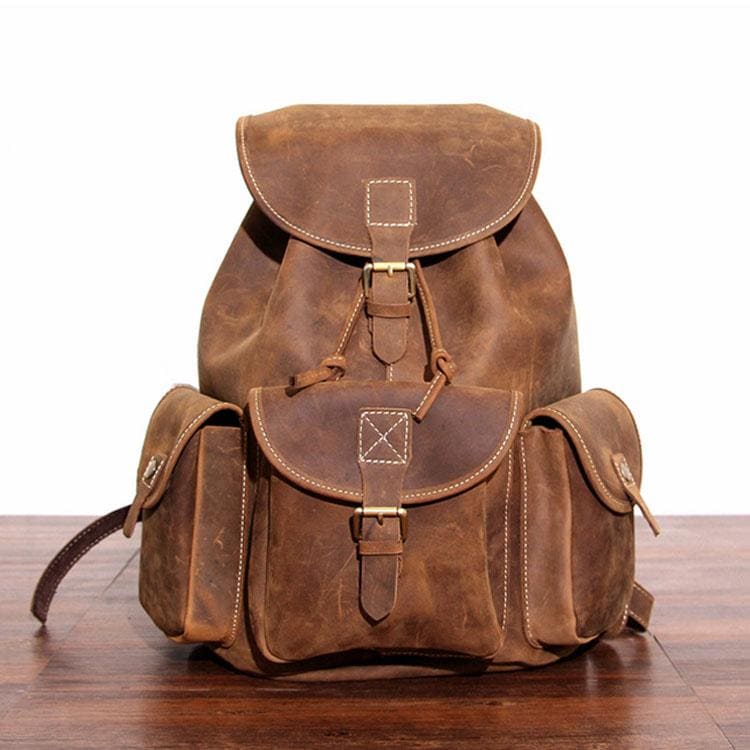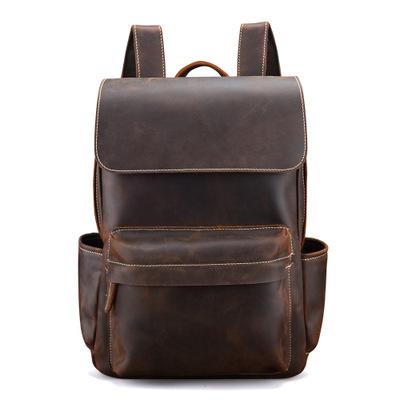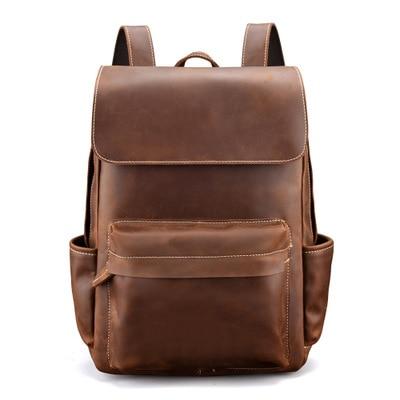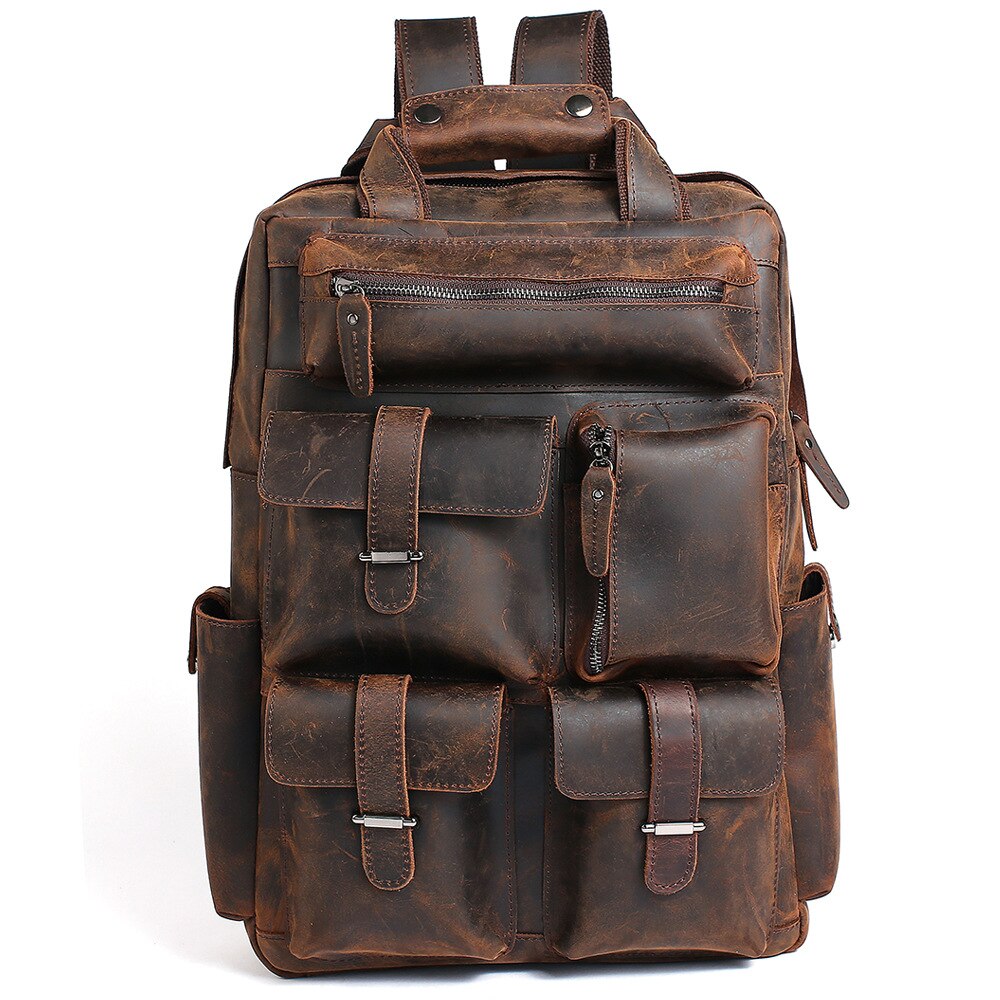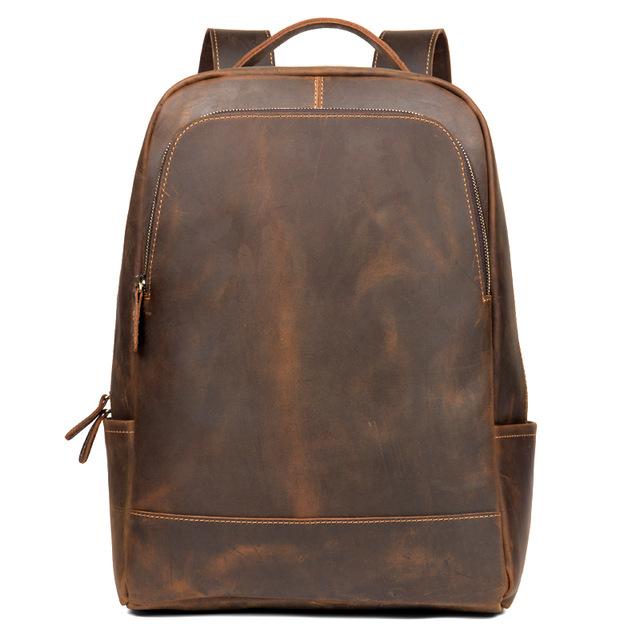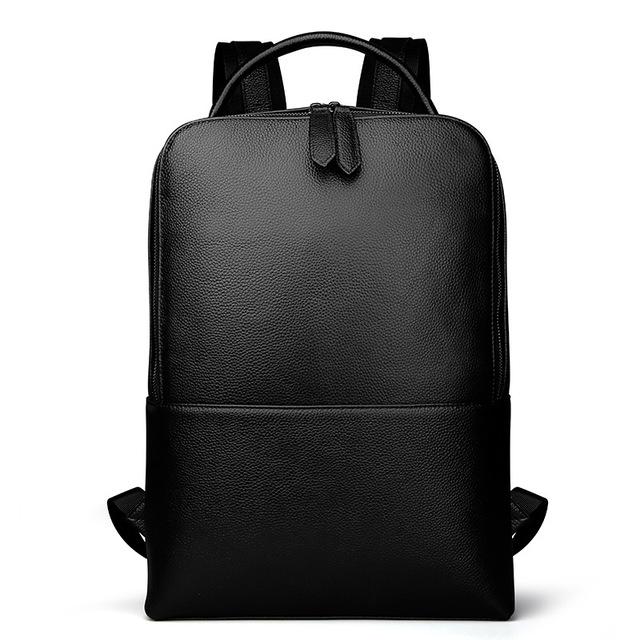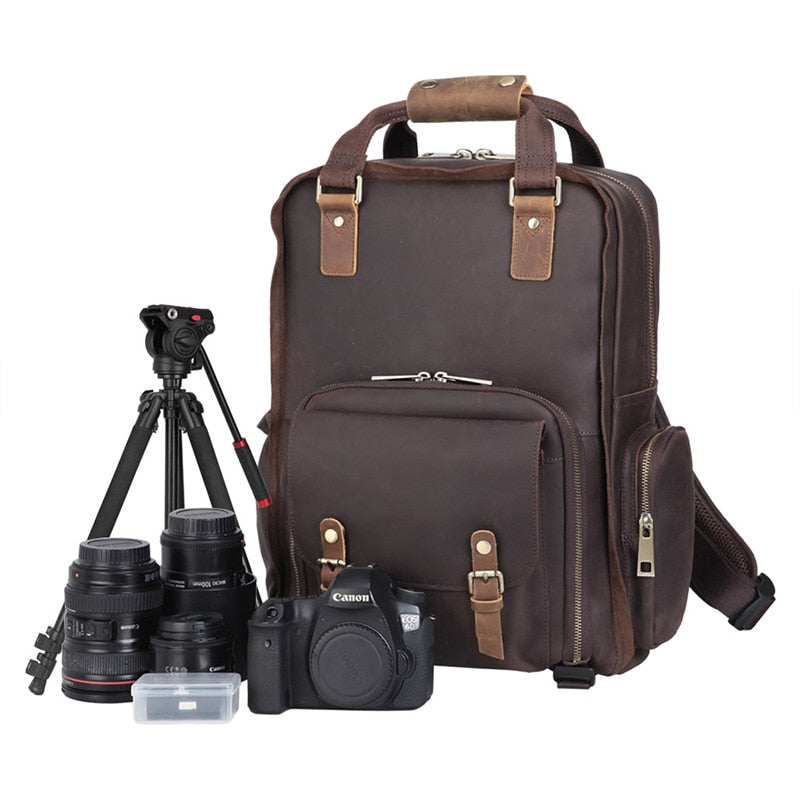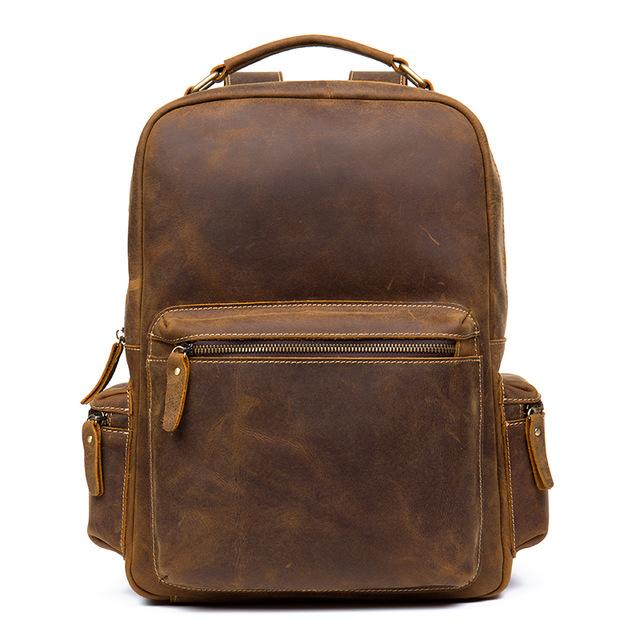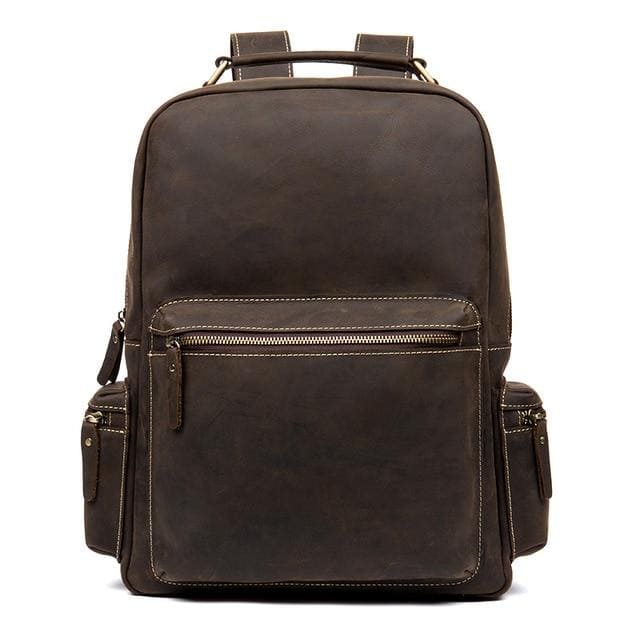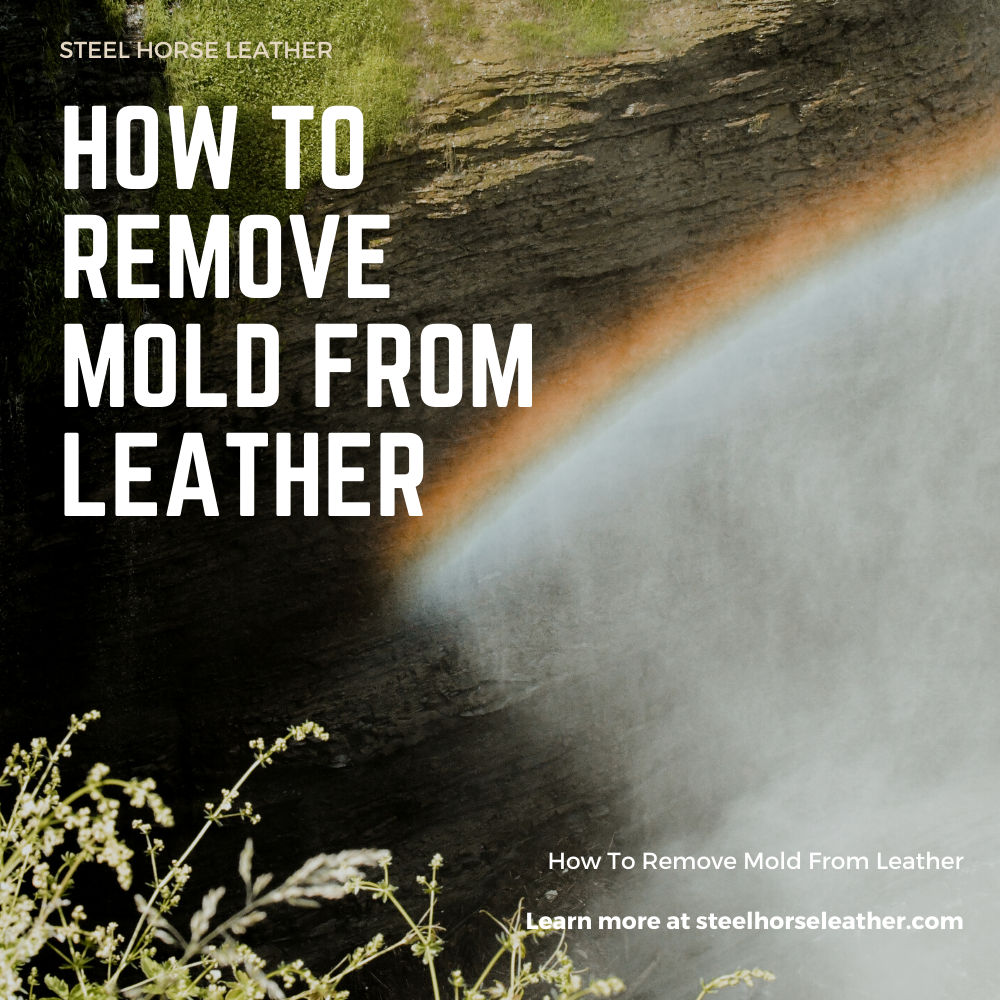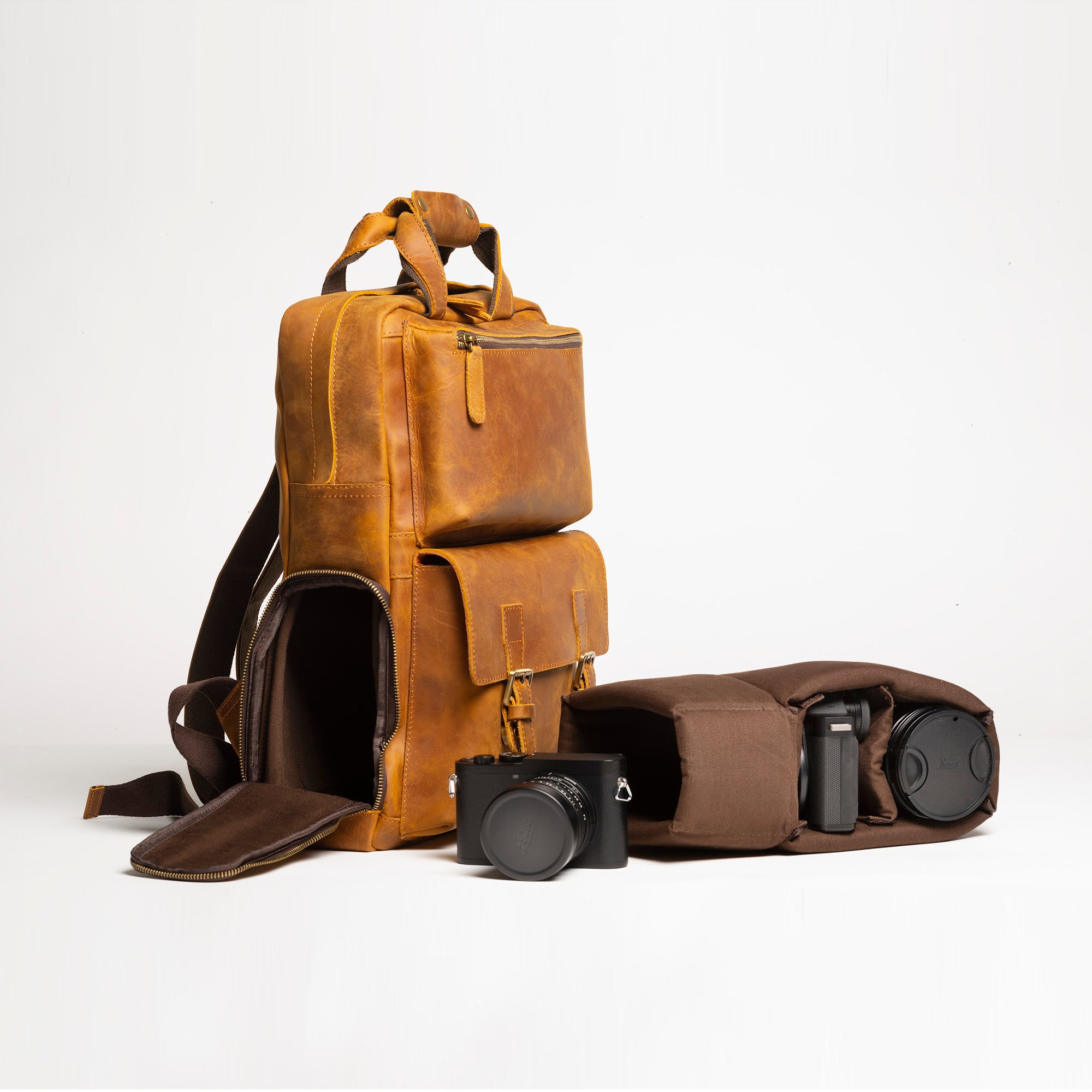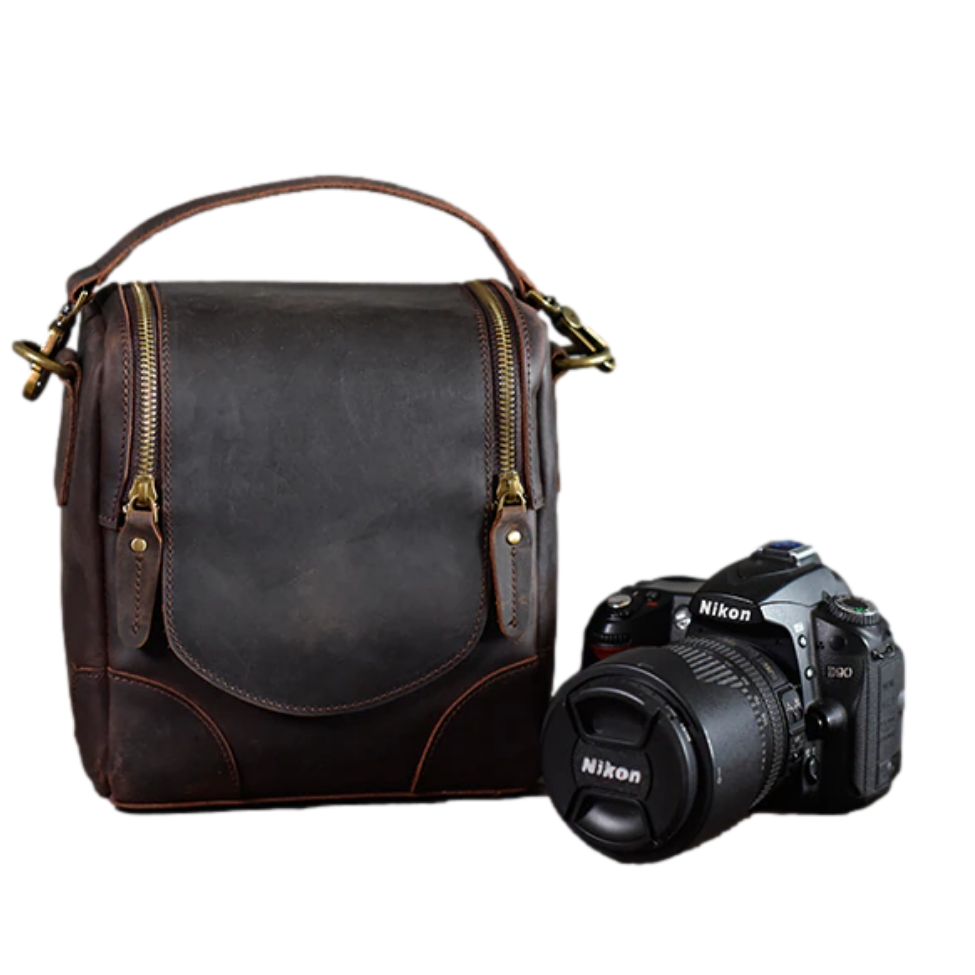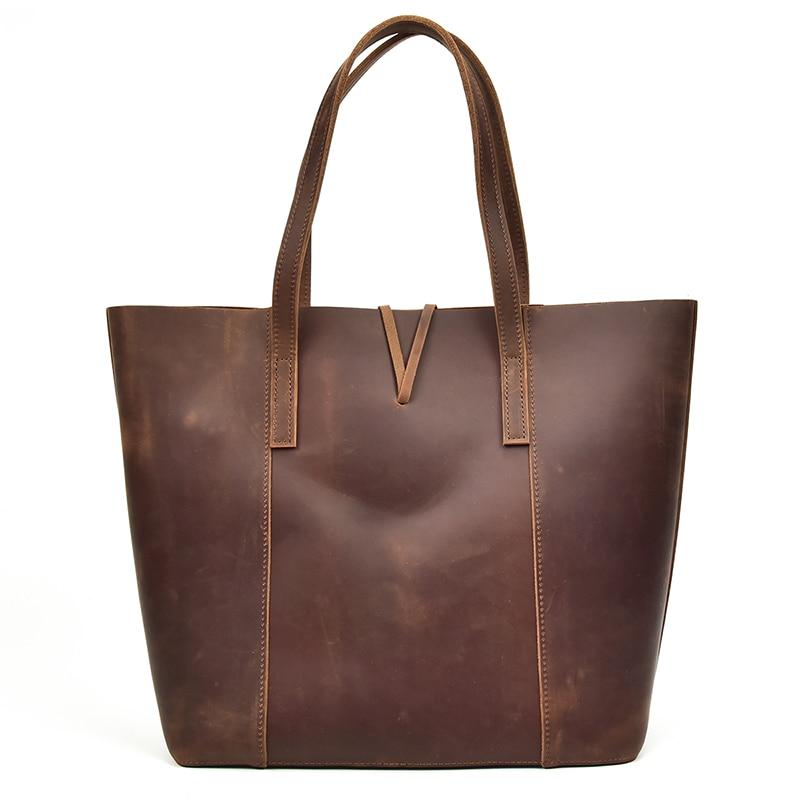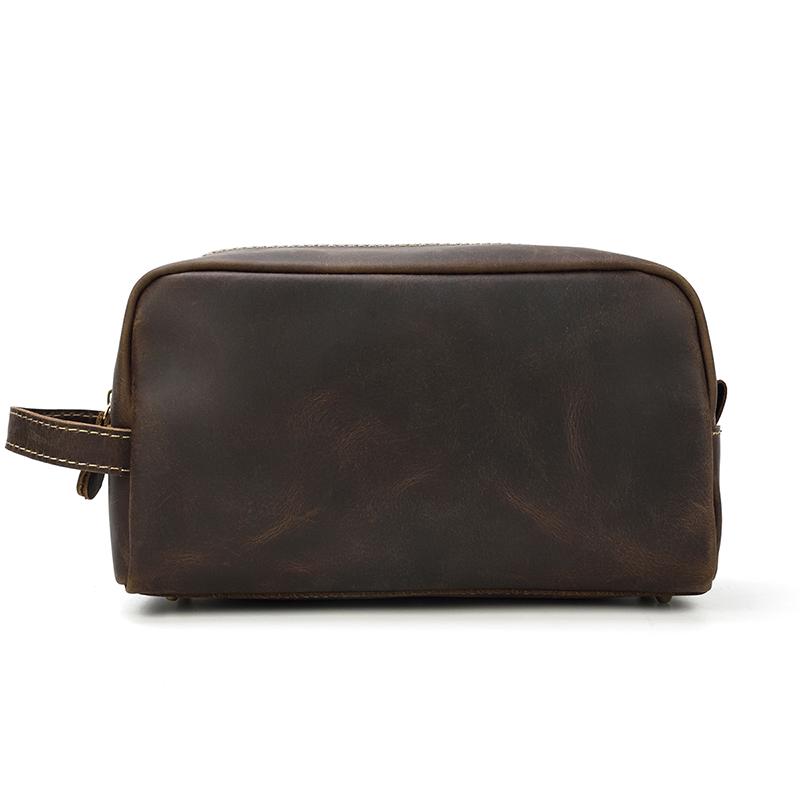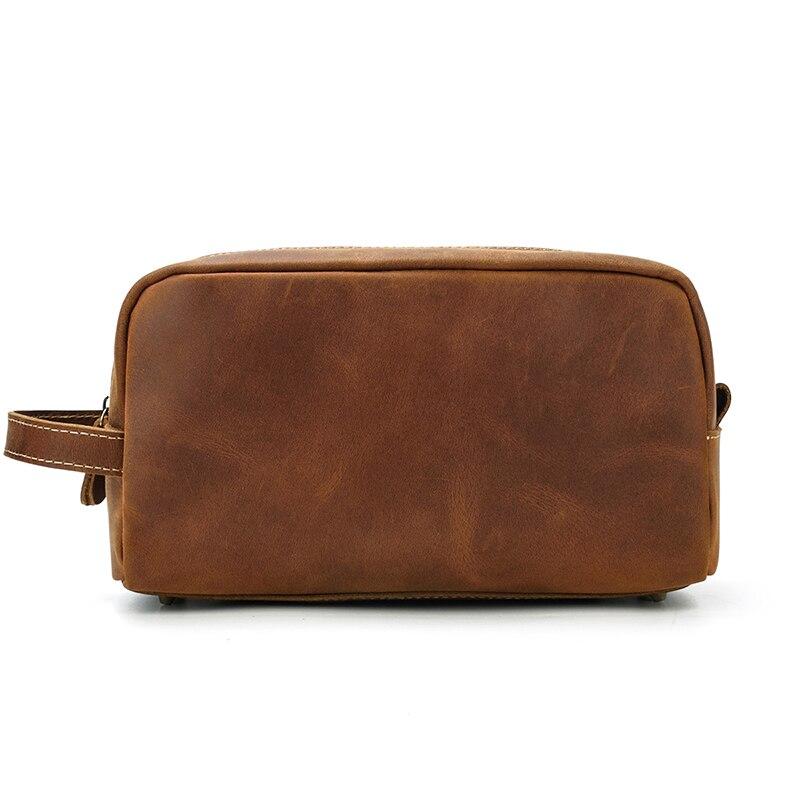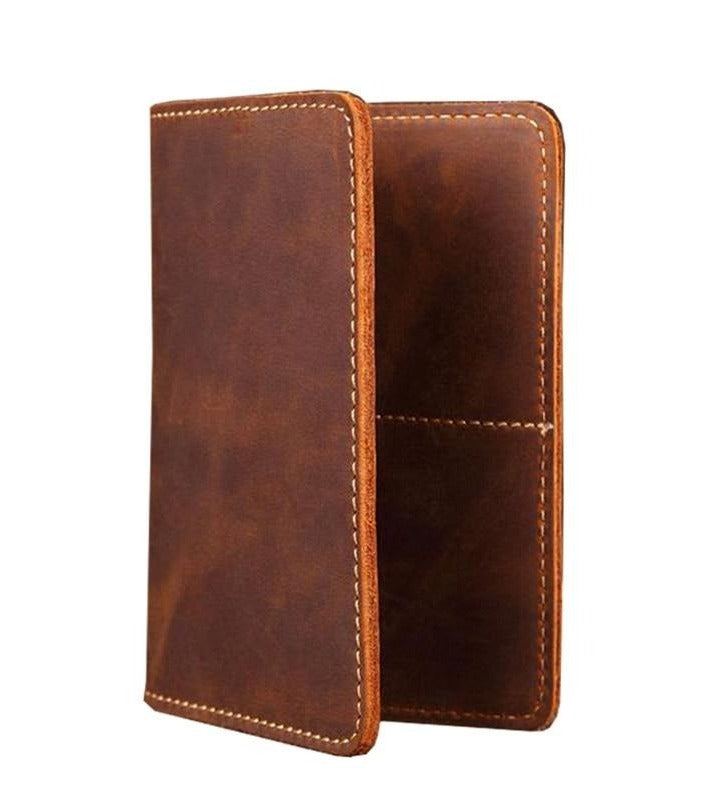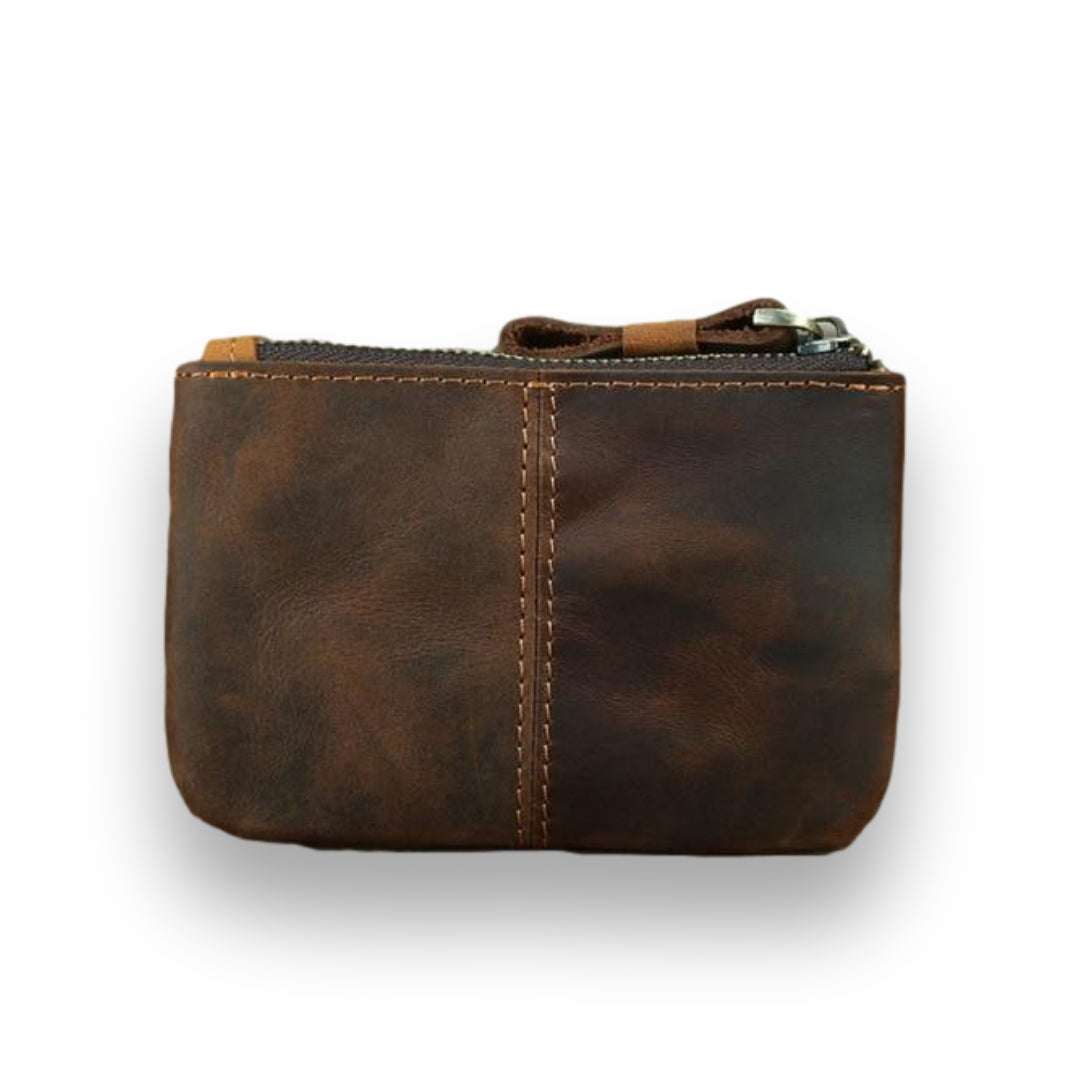Suede is technically described as a napped – velvety-textured – leather made from the underside of an animal's skin. To be very technical, we're talking about the animal's dermis — the softer, more fragile underskin – as opposed to the harder epidermis utilized for traditional leather. It is also ovine in nature: most commercial suede is made from the underskins of goats and sheep, rather than cow, buffalo, or even deerskin.
Key Takeaways
- Prevention is crucial: Using protective sprays and avoiding wet conditions can significantly extend the life of suede items.
- Regular maintenance is essential: Weekly brushing and immediate stain treatment are key to preserving suede's appearance.
- Proper cleaning techniques matter: Always use appropriate tools and test cleaning solutions before full application.
- Storage conditions affect longevity: Keep suede items in breathable containers away from direct sunlight and moisture.
- Professional care may be necessary: For tough stains or significant damage, seeking professional cleaning services is recommended.
Historical Background

Suede was originally utilized in glove-making because of its delicate nature. Sweden became so well-known for the extraordinary quality of its gloves (the renowned gants de Suède) that the French translation of the country's name became the generic phrase for the material. Suede's application has expanded beyond glove-making throughout the years. It has also led to the development of cold-weather apparel such as cloaks, coats, jackets, and shoes.
Properties and Characteristics
While the smooth and velvety feel of suede is attractive, it is also the reason why suede shoes are difficult to clean. Its open-pored surface is prone to scuffing and smearing. Suede's porous structure also means that if it becomes wet, it will absorb liquids quickly, causing irreversible discoloration and degradation. However, many commercial shoe manufacturers seal their products with waterproof coatings to avoid water damage - but without adequate care, this will merely keep one's suede shoes in excellent shape.
Research on suede fabrics confirms that this material commonly experiences a decrease in mechanical strength when exposed to moisture, with the porous structure leading to increased vulnerability to staining and degradation (Sakr et al., 2023).
Our experience in developing The Dagny Weekender has provided valuable insights into these characteristics. During the design phase, we specifically chose full-grain leather for its superior durability and aging properties. The multiple interior pockets were strategically designed to protect items from leather's natural tendency to transfer oils and colors, while the ultra-soft leather handle demonstrates how proper leather treatment can enhance both functionality and comfort.
Understanding Suede Maintenance

When producing leather, the outermost layer of skin is generally employed, which is harder and more durable than the inner surface used for suede. Suede is more soft and flexible than full-grain leather, but it comes at a cost to the wearer. Suede accumulates dirt more quickly and is more difficult to clean. It also stains quickly; even water stains it, thus suede shoes and coats should be avoided in really damp conditions. Water also harms the leather by darkening it, making it less supple, weakening it by eliminating oils, and making it seem scuffed. Studies examining suede's structural properties have documented how moisture exposure compromises the material's integrity, reinforcing why proper protective measures are essential for maintaining suede items (Sakr et al., 2023).
Suede is technically described as a napped – velvety-textured – leather made from the underside of an animal's skin. To be very technical, we're talking about the animal's dermis — the softer, more fragile underskin – as opposed to the harder epidermis utilized for traditional leather. It is also ovine in nature: most commercial suede is made from the underskins of goats and sheep, rather than cow, buffalo, or even deerskin.
Historical Background
Suede was originally utilized in glove-making because of its delicate nature. Sweden became so well-known for the extraordinary quality of its gloves (the renowned gants de Suède) that the French translation of the country's name became the generic phrase for the material. Suede's application has expanded beyond glove-making throughout the years. It has also led to the development of cold-weather apparel such as cloaks, coats, jackets, and shoes.
Properties and Characteristics
While the smooth and velvety feel of suede is attractive, it is also the reason why suede shoes are difficult to clean. Its open-pored surface is prone to scuffing and smearing. Suede's porous structure also means that if it becomes wet, it will absorb liquids quickly, causing irreversible discoloration and degradation. However, many commercial shoe manufacturers seal their products with waterproof coatings to avoid water damage - but without adequate care, this will merely keep one's suede shoes in excellent shape.
Understanding Suede Maintenance

When producing leather, the outermost layer of skin is generally employed, which is harder and more durable than the inner surface used for suede. Suede is more soft and flexible than full-grain leather, but it comes at a cost to the wearer. Suede accumulates dirt more quickly and is more difficult to clean. It also stains quickly; even water stains it, thus suede shoes and coats should be avoided in really damp conditions. Water also harms the leather by darkening it, making it less supple, weakening it by eliminating oils, and making it seem scuffed.
Before Starting Cleaning
- Brush away loose particles from the suede surface using a soft-bristled brush. This should be done after each use of the item, or at least once a week. Suede is a natural absorber of oils and dirt.
- Allow damp suede to dry gradually away from direct heat or sunlight. Use the brush or a clean cloth to elevate any crushed nap.
- To begin stain removal, immediately dust any oily stains with cornstarch or talcum powder.
- Always test cleaning solutions and procedures on a small, hidden area first to ensure there is no discoloration or damage.
- The majority of synthetic suede fabrics can be machine washed. Simply follow the care label's instructions.
Basic Cleaning Methods
| 🧼 Suede Cleaning Summary | |
|---|---|
| 📖 Prep | Read label → Get: brush, eraser/pencil, towel, sandpaper |
| 🌀 Step 1 | Fluff nap with dry towel/brush |
| ✏️ Step 2 | Rub gently with eraser/pencil to remove marks |
| 🧽 Step 3 | Blot (don’t rub) wet stains immediately |
| 🛡️ Protect | Spray protector every 6 months |
Read any cleaning instructions and acquire any essential cleaning supplies. Any cleaning instructions on your item will teach you how to clean suede with cleaning chemicals that are safe for use with your suede and its specific finish. Depending on the size of the mess, you may also want a blade or knife, a suede brush (a nylon nail brush or toothbrush would suffice), and crepe rubber or a #2 pencil. You may also require a bath towel and low-grade sandpaper.
Step-by-Step Cleaning Process
- The first step in cleaning suede is to massage the nap into a beautiful, fuzzy state. This may be accomplished with a dry bath towel, a nail brush, or a toothbrush.
- To remove markings, gloss, and certain dry stains, use a suede eraser, crepe rubber, or a pencil. Start softly with whatever you're using and gradually increase the pressure.
- Blot off any excess liquid from new, poisonous stains such as ink, oil, food, or blood. This should be done with utmost caution since applying too much effort can drive the oil stain deep into the pores of the suede.
- Protect your suede with a suede and leather spray-on solution. The majority of staining and waterproofing sprays should be reapplied every six months.
Advanced Cleaning Solutions

Suede leather, a type of leather known for its soft underside and delicate nature, requires special care when cleaning. If you've tried cleaning suede with basic techniques and it didn't work, it's time to consider alternative methods for removing stubborn stains. Even professional cleaners make mistakes from time to time, and proper cleaning knowledge is essential. Before attempting any cleaning solutions, make careful to test any of these procedures on an inconspicuous section of the suede first to observe how the suede—with its specific finish and suede grain—reacts.
While working with various leather types for our products, we've learned that different materials require specific care approaches. For instance, the crazy horse leather used in the Bjarke Weekender requires minimal maintenance compared to suede, making it an ideal choice for travel bags. Our experience with leather processing has shown that while suede demands careful cleaning protocols, full-grain leathers can often be maintained with simple wiping and occasional conditioning.
Alternative Cleaning Methods
Cleaning suede with white vinegar is a common household solution. Using a clean cloth or microfiber cloth, apply the solution in gentle circular motions. Allow drying after gently massaging the affected region with a damp cloth, cotton balls, cotton swabs, or paper towel. For regular cleaning and maintenance, soft bristle brushes are excellent for removing surface dirt.
Some people use stale or fresh bread to remove stains from suede, though a suede eraser or clean pencil eraser is often a more effective choice. While some swear by traditional methods, professional suede cleaners are recommended for tough stains and water damage.
Your freezer's cold temp is an excellent tool for removing wax from suede. Freeze your suede jacket, suede boots, or other suede items until you can break off the wax. After treatment, allow the jacket to air dry naturally, away from any direct heat source.
Many people have successfully removed ink stains from suede couch and furniture using window cleaners, though testing cleaning methods in an inconspicuous area is crucial. For oil-based stains and persistent stains, professional cleaning services may be necessary.
Natural Cleaning Products
A box of baking soda, which absorbs acidic, unpleasant odors, is the remedy if your suede stinks. Chemical sprays and deodorants should be avoided as they may damage the quality of your suede. Leave some baking soda in your suede shoes overnight and remove them in the morning. Sprinkle some over the surface of a suede sofa and vacuum in the morning. If you have a nasty suede jacket, put baking soda in a garbage bag, throw it in, mix it up, and let it overnight.
Essential Tools for Suede Care
Many suede cleaning packages include a suede eraser as well as a suede brush. Some suede brushes are straightforward, while others include a variety of brush heads to accommodate a variety of nap kinds and mess severity levels. Suede erasers function by transferring stains from suede to the eraser. Suede erasers are less prone than pencil erasers to further ground in stains.
6 Brilliant And Easy Ways To Clean Suede
1. Use Protectant Spray
On fresh, clean shoes, we recommend applying a tried-and-true protectant spray free of silicones to help resist small stains, spills, and splashes. Use a spray that is indicated for fine leathers and suede in particular, and carefully follow the directions.
2. Weather Awareness
Shoes have never bravely stated that they can withstand rain, sleet, or snow because, well, they can't. Even if you 'waterproof' your suede shoes with spray, you should avoid wearing them in wet weather and near the beach since "water and harsh salts may discolor, degrade, and weaken the material over time."
3. Steam Treatment
A relaxing steam shower does more than simply de-wrinkle your favorite shirt. If you need to remove marks from your shoes, use hot steam and a suede brush. Some individuals like getting their Suedes filthy, but you should not. Rather, it should rely on steam to keep your shoes clean.
4. Regular Dry Brushing
In addition to spray, we recommend purchasing a suede dry brush with fine, natural horsehair bristles for frequent cleaning and stain removal. On tough stains, use a suede eraser first, exerting mild pressure and softly rubbing back and forth. Then, using your brush, remove any residue and restore the pile of the suede.
5. Proper Storage
Because suede is a natural material, you need to take additional care when storing it for the season. Choose a fabric bag over a plastic bag to preserve it from dust and damage while still allowing for proper air circulation.
6. Suede Care Kit Investment
Some companies sell suede care kits that include everything you need to protect and clean your suede shoes. Some of these items include a rain/stain repellant spray, a brush, and a cleansing conditioner.
Protective Measures
Suede Protector Application
There are several suede protection solutions on the market, which are often sprayed with a spray bottle. (Always try the product on an inconspicuous area first, such as the inside of the shoe/boot.) Make sure your boots are clean (or as clean as you can get them), that they are dry, and that you have applied suede protection to all outside portions of the boot.
Waterproofing Treatment
If you reside in a snowy location, treating your suede with a waterproofer is a smart idea since it prevents salt stains. When initially applied, the waterproofer will darken your boots, but don't worry: they will lighten with time. Keep in mind that waterproofer merely repels water and must be used on a regular basis.
Storage and Long-term Care
Understanding how to clean suede is just as essential as knowing how to store it. Keep the sun away from your suede furniture. The sun may degrade suede, especially colored ultrasuede. Brush or vacuum your furniture with a soft bristle brush on a regular basis to eliminate grime and dust. Colored suede clothes should be kept in a dark closet. Consider using a dust cloth to protect it. If a cherished suede clothing becomes damaged, don't despair; suede that has lost its color or has gotten stained may be dyed to a new or darker hue.
Shoe Storage Tips
Storing your shoes in a rack is great, but if you want them to retain their form for an extended period of time, place them on shoe trees before storing them. Because many of these goods are constructed from unvarnished cedar, fir, and pinewood – all of which have natural anti-microbial and moisture inhibiting characteristics – they not only help your shoes keep their shape, but they also prevent moisture damage and limit the growth of odor-causing bacteria.
Why Trust Our Leather Care Expertise?

At Steel Horse Leather, our deep understanding of leather and suede care comes from years of hands-on experience in crafting premium leather goods. Our master artisans have dedicated their lives to perfecting their craft, developing an intimate knowledge of leather properties, characteristics, and maintenance requirements. This expertise extends beyond mere manufacturing – it encompasses a comprehensive understanding of different leather types, including the delicate nature of suede, which allows us to provide authoritative care guidance. Our commitment to leather quality and craftsmanship involves extensive research into leather sourcing and processing methods.
Through our partnerships with vetted tanneries and suppliers, we've gained valuable insights into the proper treatment and maintenance of various leather types. This knowledge is particularly crucial when it comes to suede care, as we understand firsthand how different tanning processes and leather grades respond to various cleaning and maintenance techniques. What sets our advice apart is our holistic approach to leather care. While many sources offer generic cleaning tips, our recommendations come from real-world experience in handling premium leather materials and observing how they age and respond to different treatment methods.
Our artisans' expertise in traditional leatherworking methods, combined with our understanding of modern leather processing techniques, enables us to provide practical, tested advice that helps preserve the beauty and longevity of your suede items.
Frequently Asked Questions
What Is Suede And How Is It Different From Regular Leather?
Suede is a napped leather made from the underside (dermis) of an animal's skin, primarily from goats and sheep. Unlike regular leather, which uses the harder epidermis, suede has a softer, more delicate texture but is less durable and requires more maintenance.
How Should I Clean My Suede Items?
Start by brushing away loose particles with a soft-bristled brush after each use. For stains, use a suede eraser or crepe rubber, and for oily stains, immediately apply cornstarch or talcum powder. Always test cleaning solutions on a hidden area first and avoid using water directly on the material.
Can Suede Get Wet?
Suede should not get wet as it can cause irreversible damage, including discoloration and degradation. While some commercial suede items come with waterproof coatings, it's best to avoid wearing suede in wet conditions and to treat items with appropriate waterproofing products.
How Should I Store My Suede Items?
Store suede items in a fabric bag (not plastic) to allow proper air circulation while protecting from dust. Keep them away from direct sunlight, and use shoe trees for footwear to maintain shape. For clothing, use dust covers and store in a dark closet.
How Often Should I Protect My Suede Items?
Apply protective spray every six months, especially for frequently used items. Always use products specifically designed for suede, and ensure items are clean and dry before application. Regular maintenance, including weekly brushing, is essential for optimal protection.
Conclusion
To summarize, there are several techniques to care for suede shoes or boots. However, one thing is constant: no matter how hard you try to maintain your suede shoes or boots in immaculate condition, they always require adequate care. So follow this advice and begin caring for your suede shoes right now. You'll be glad you did it afterward.
References
Sakr, E., elfattah, M., & Abou-Taleb, E. (2023). The effect of fabric construction elements variation on some mechanical and physical properties for sueded finished fabrics. التصميم الدولية, 13(1), 101-107. https://doi.org/10.21608/idj.2023.276046
























